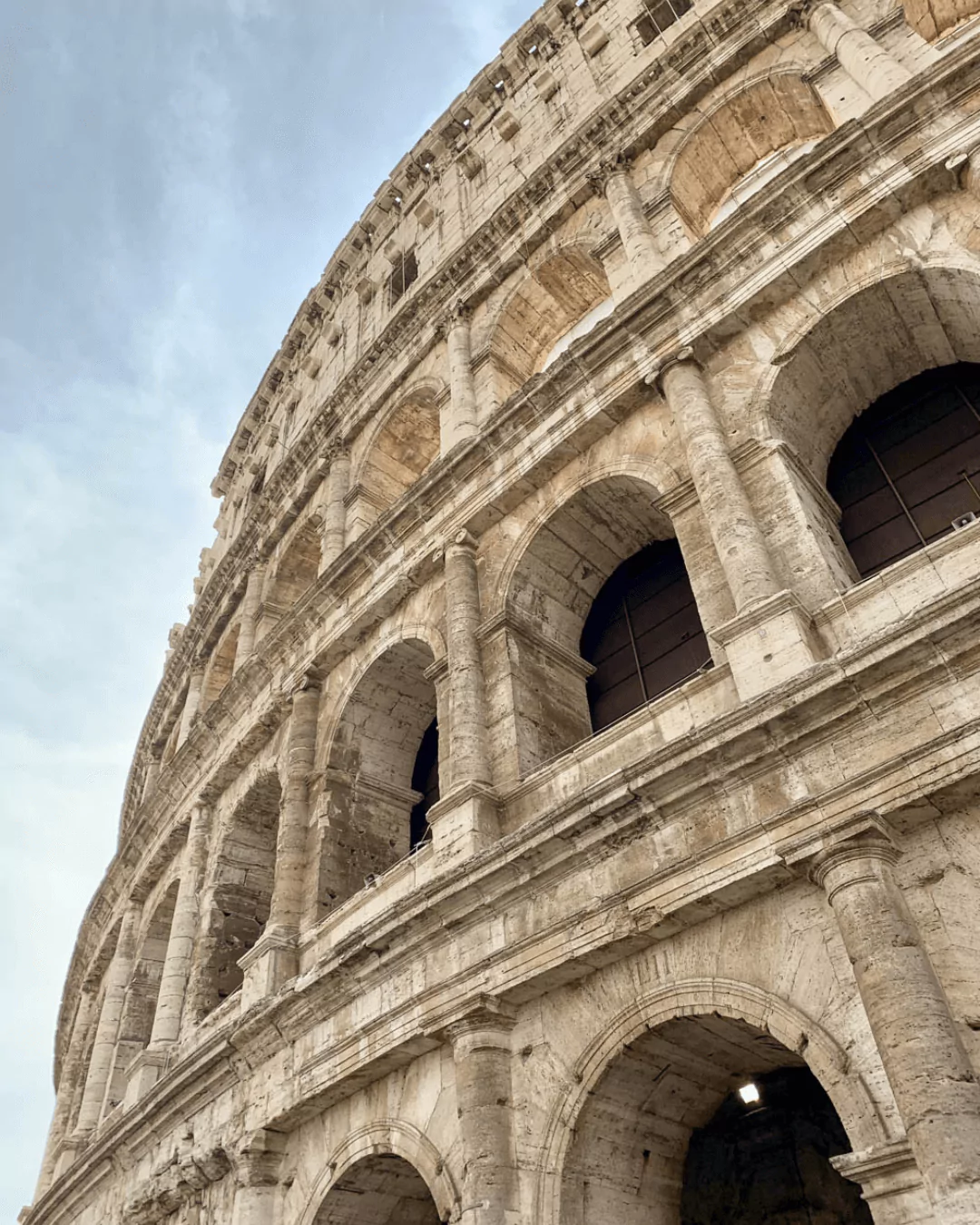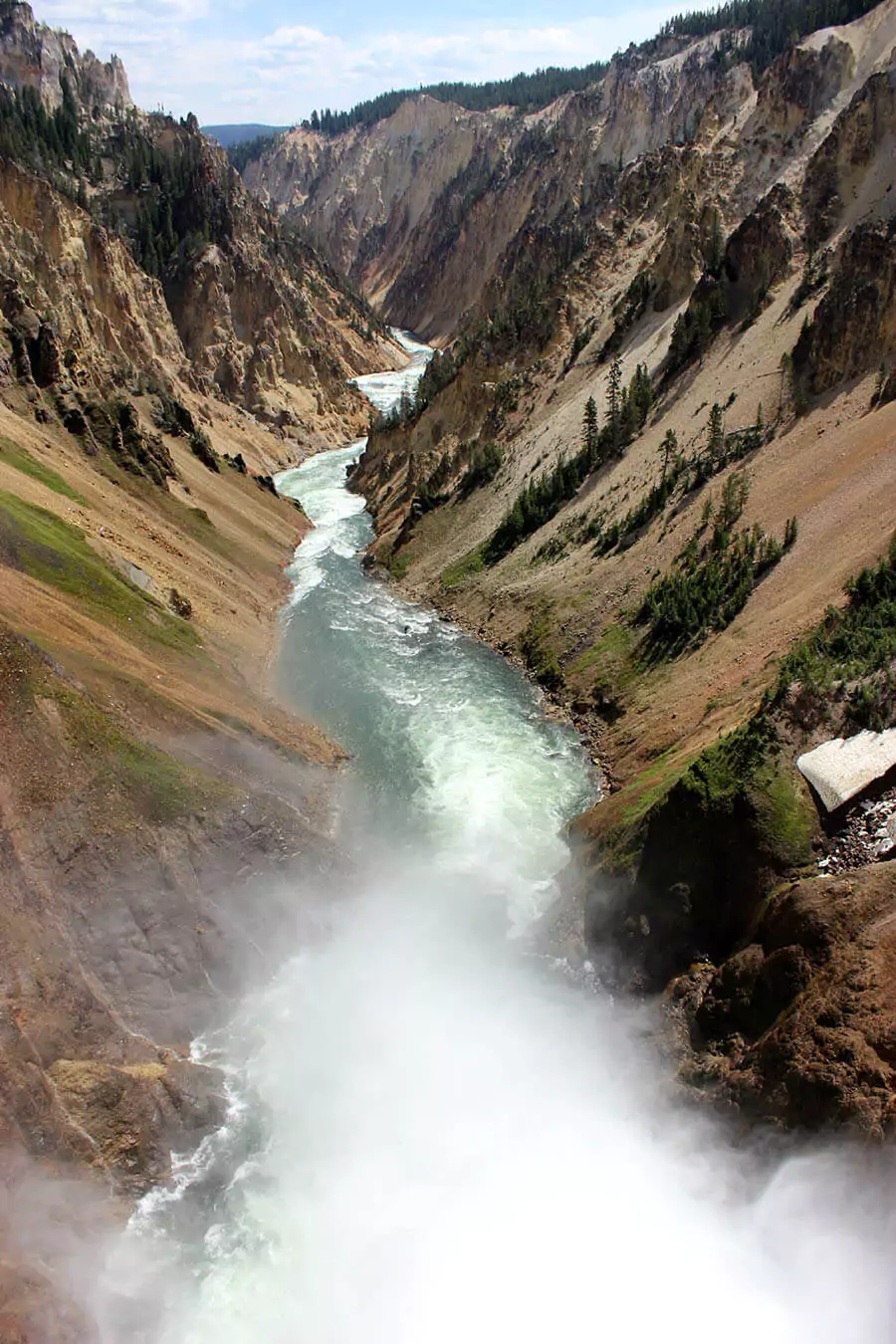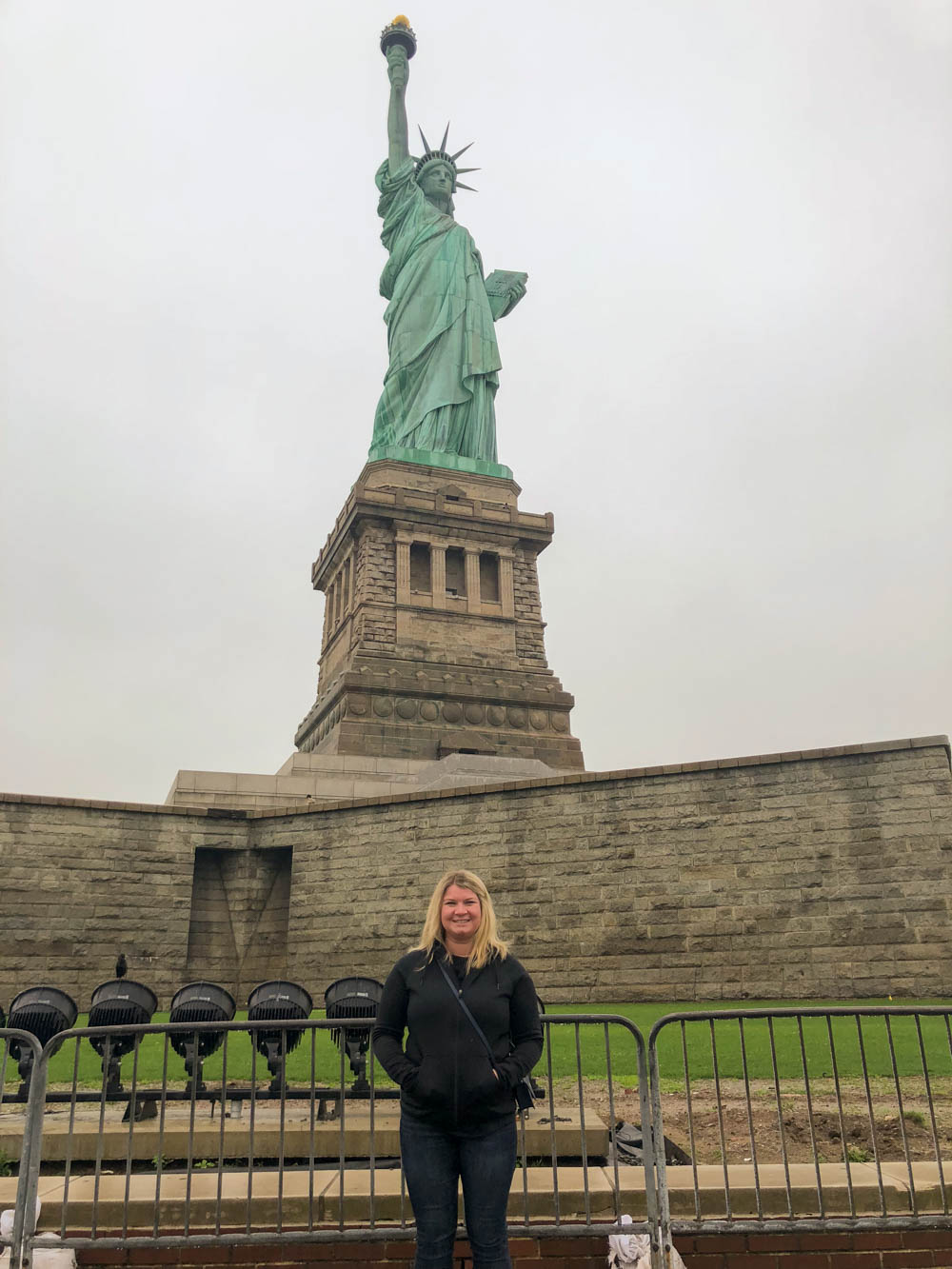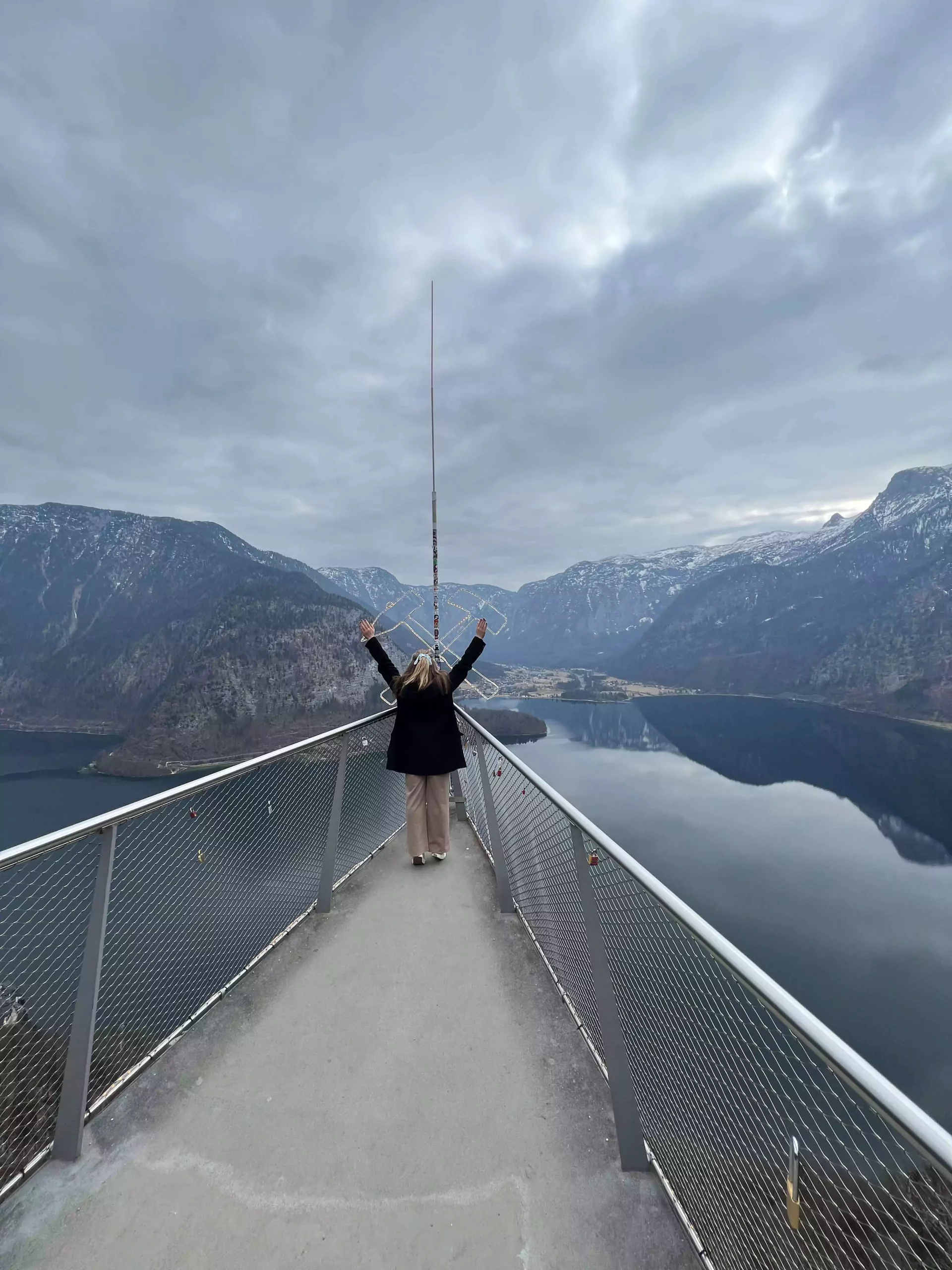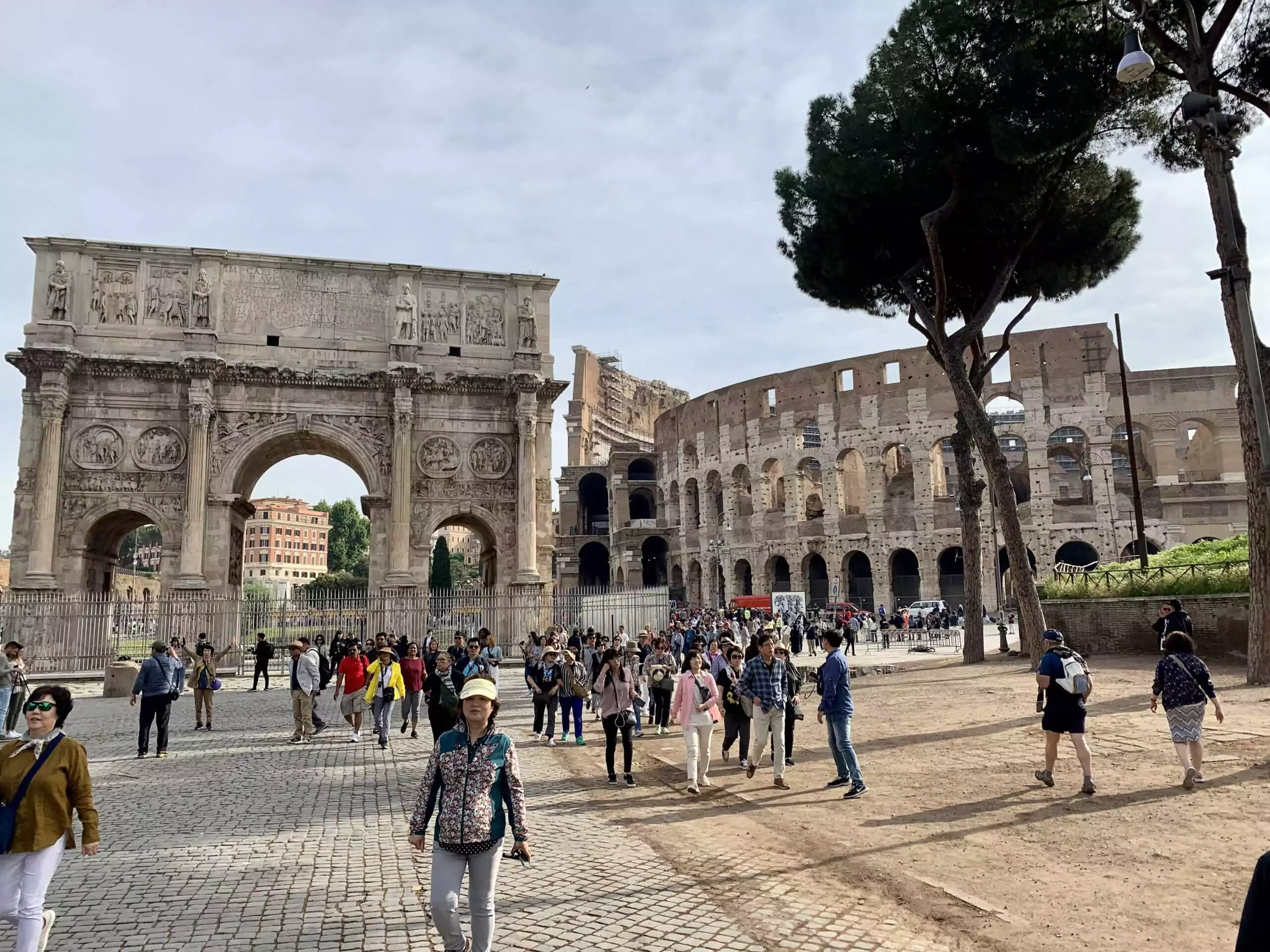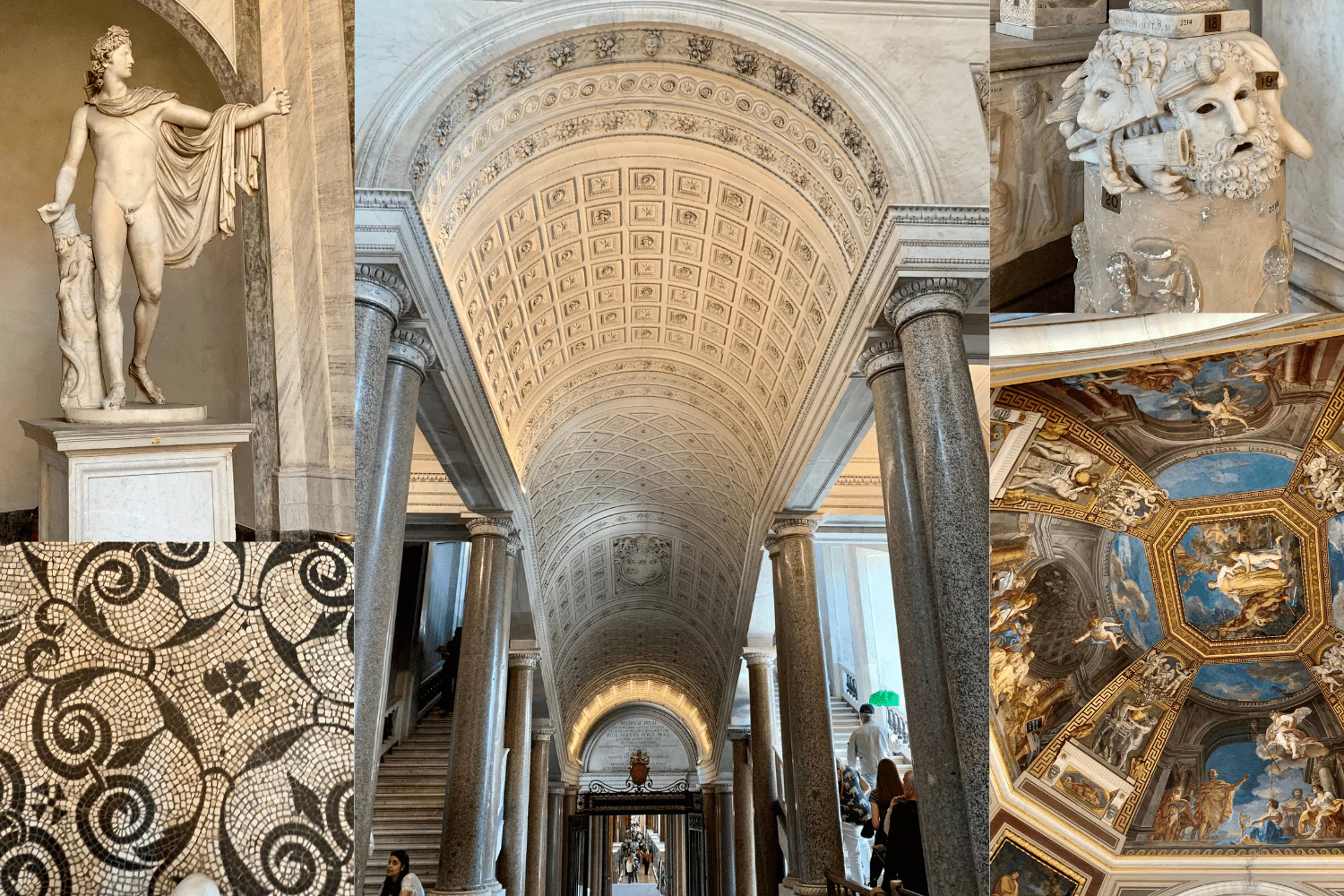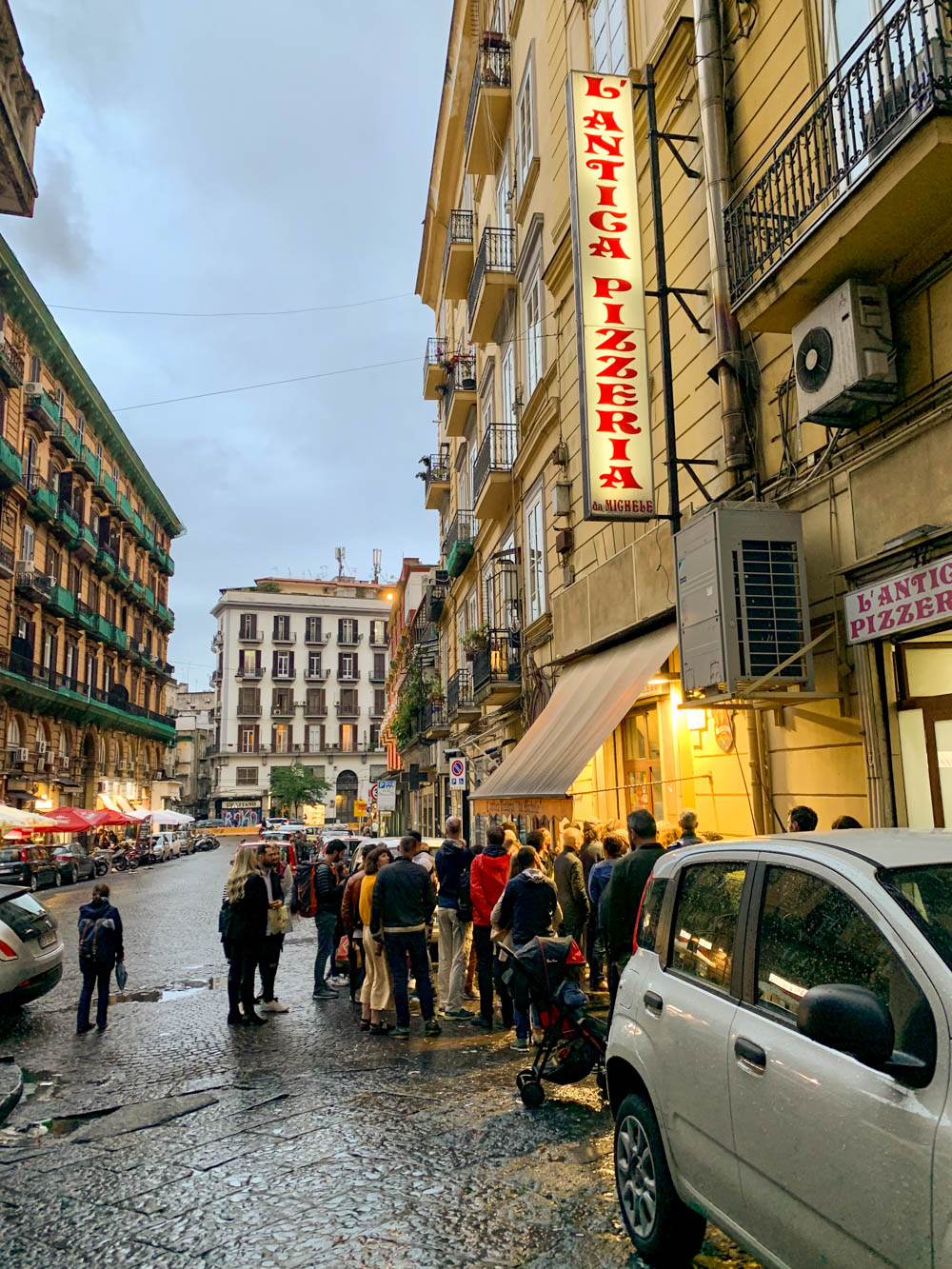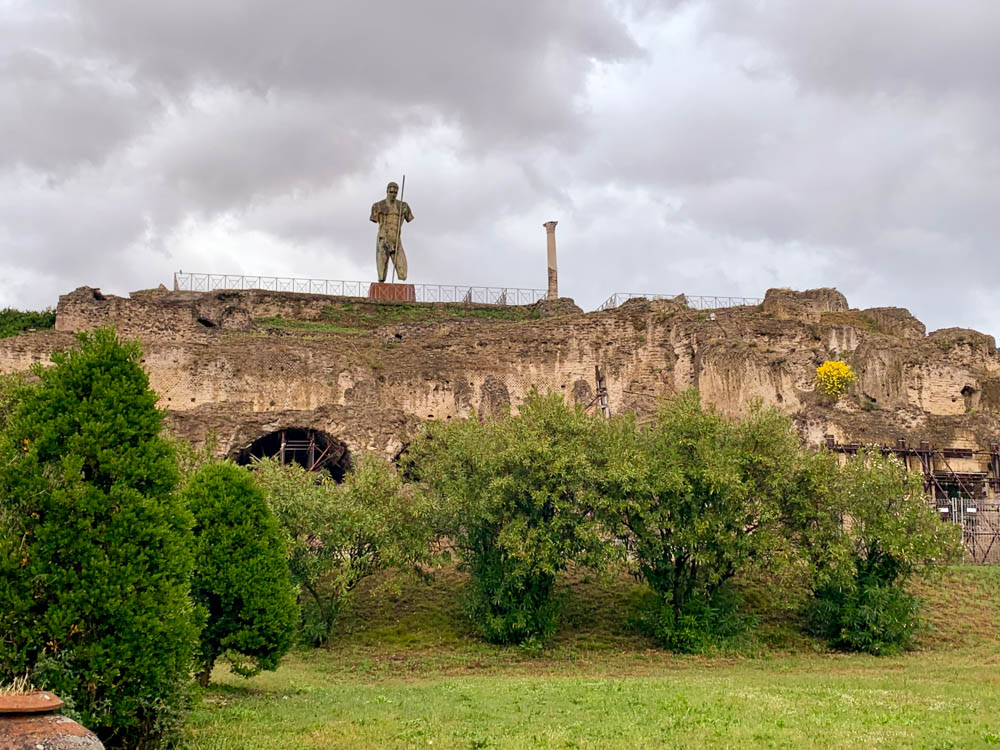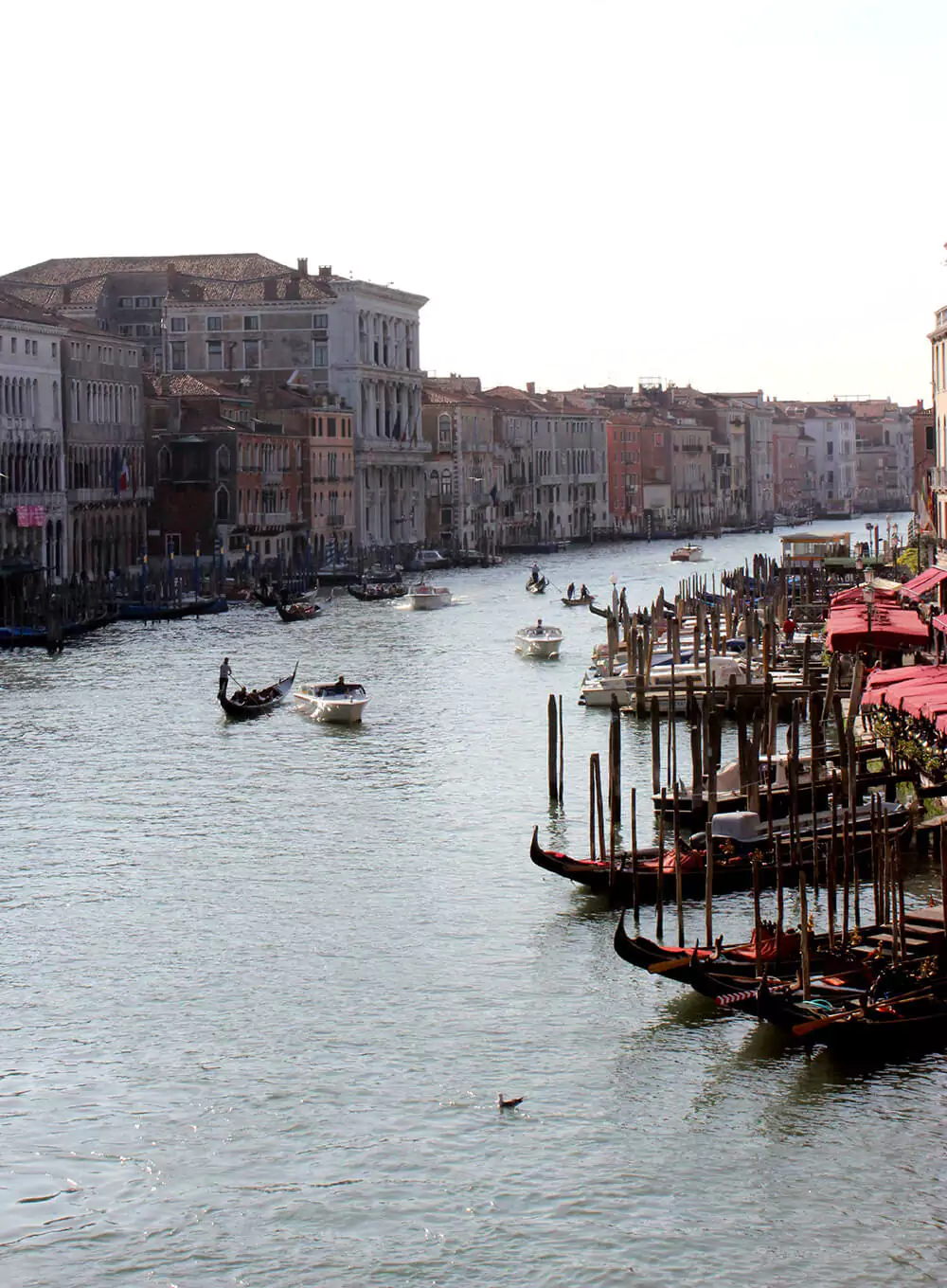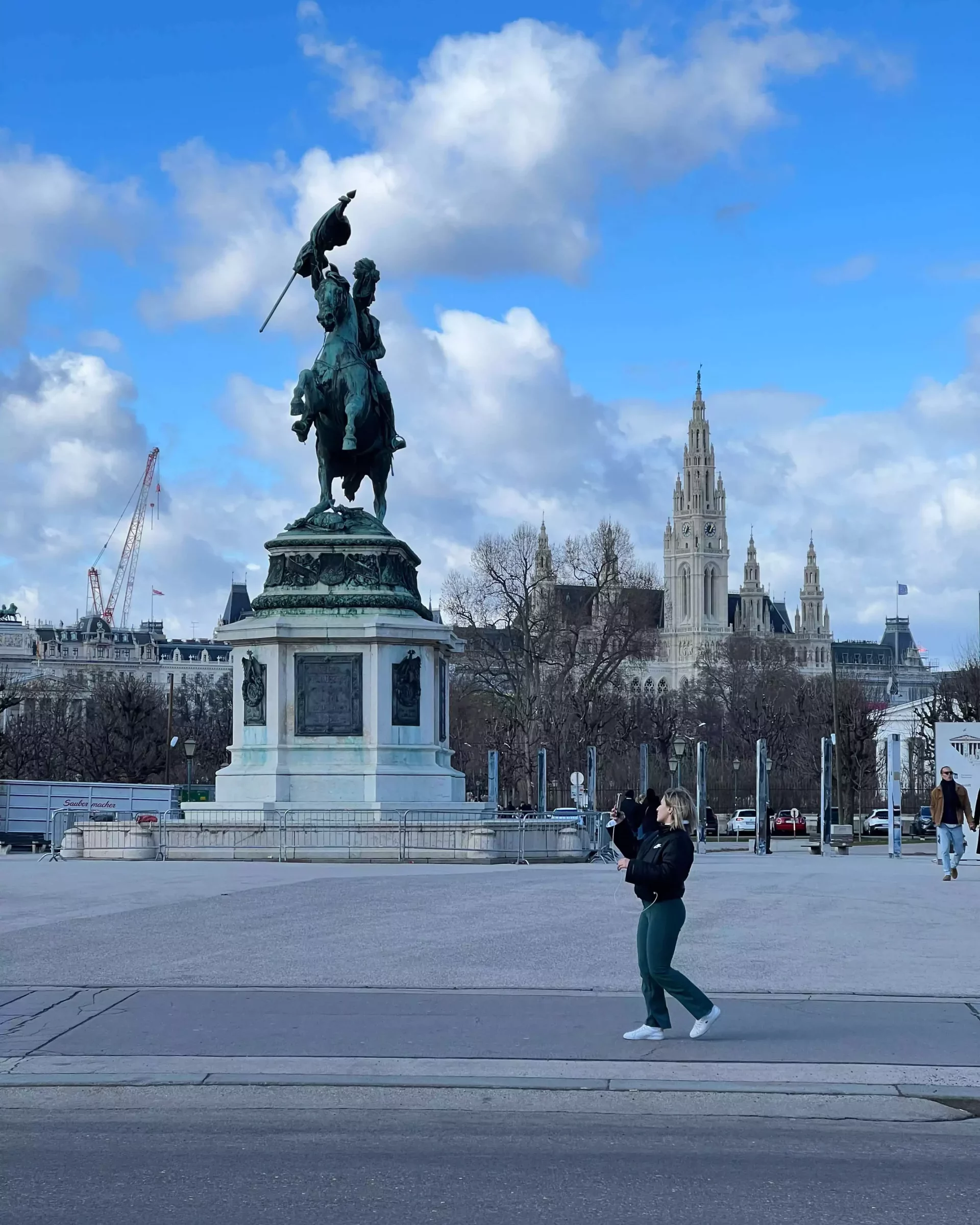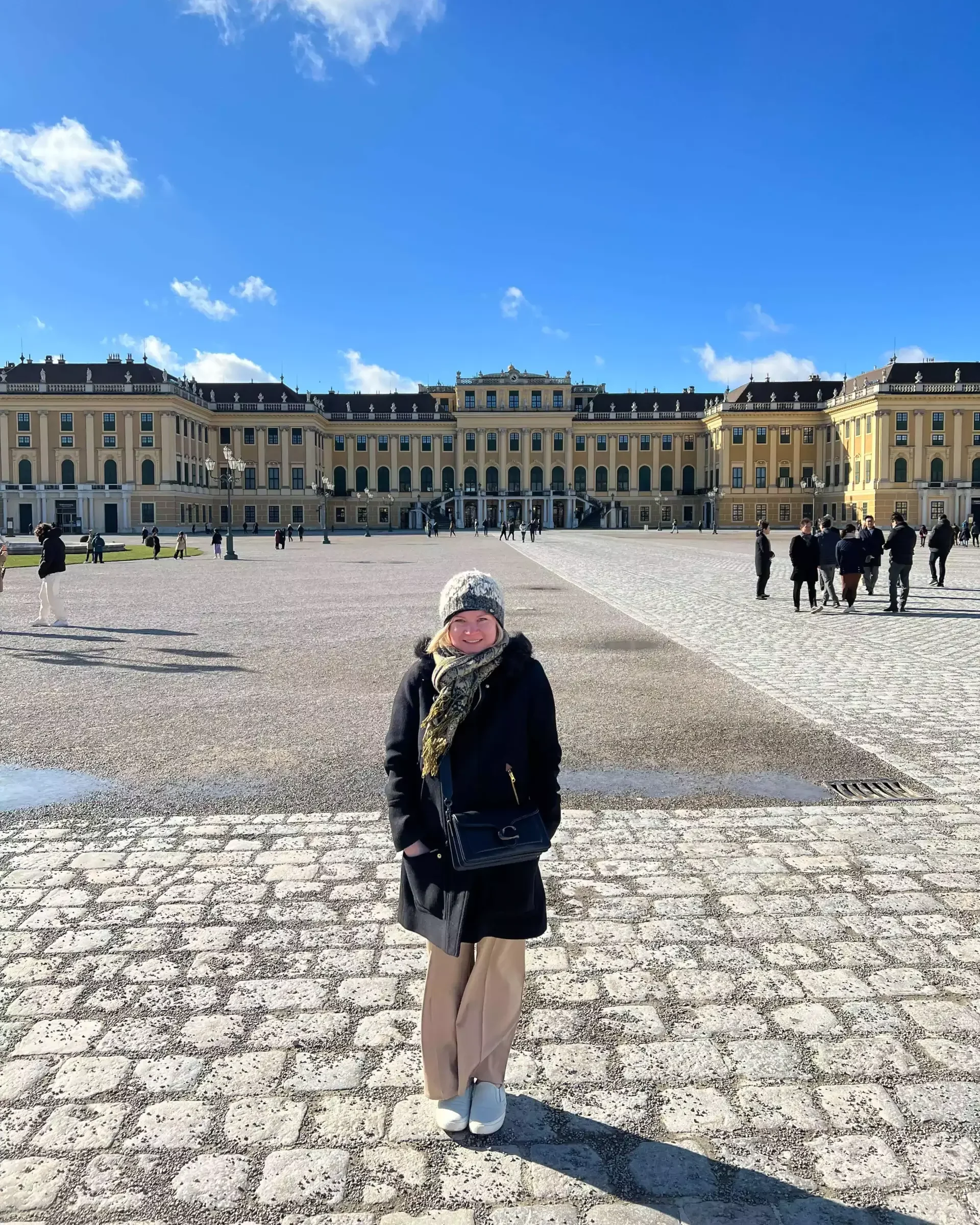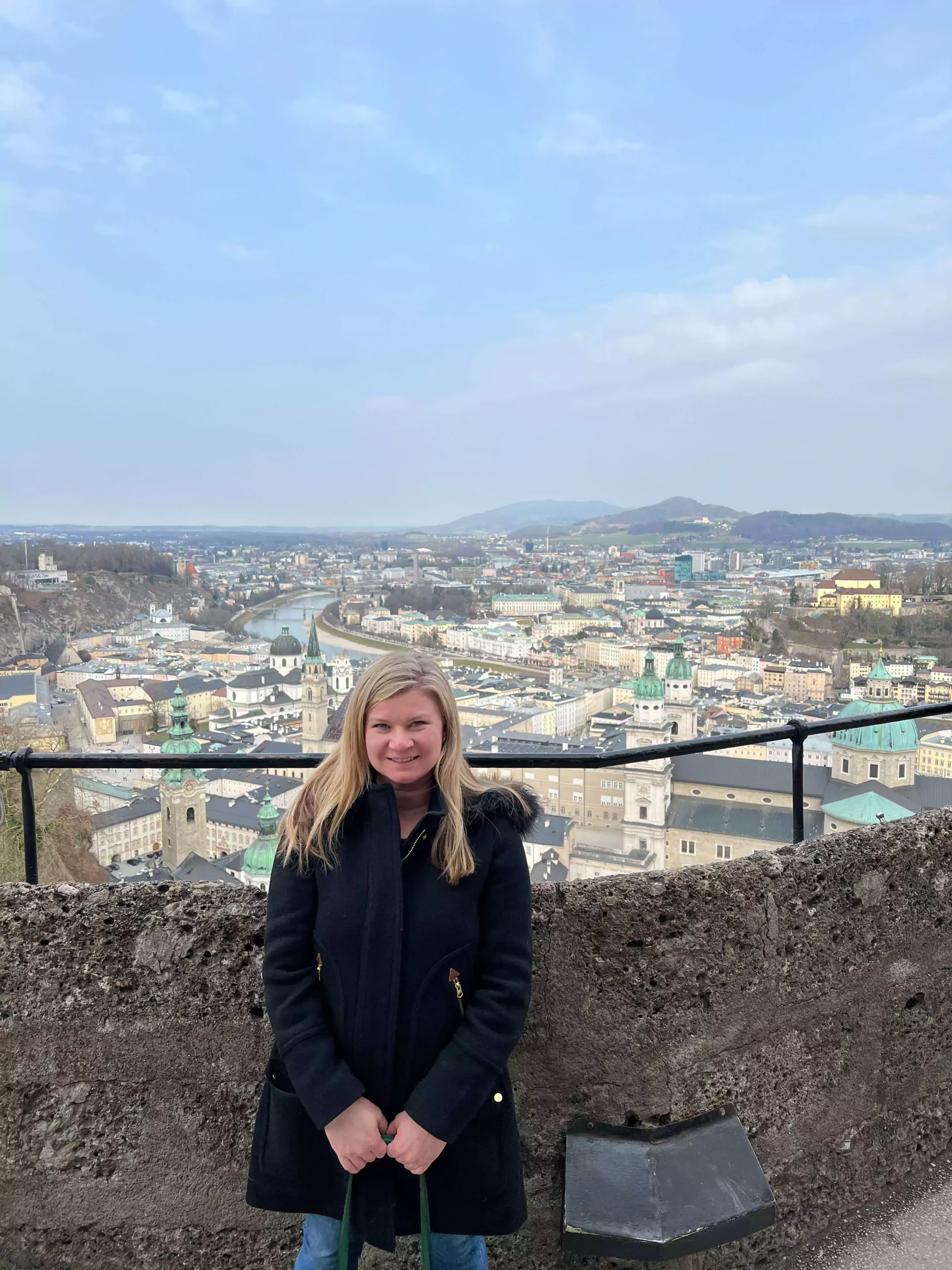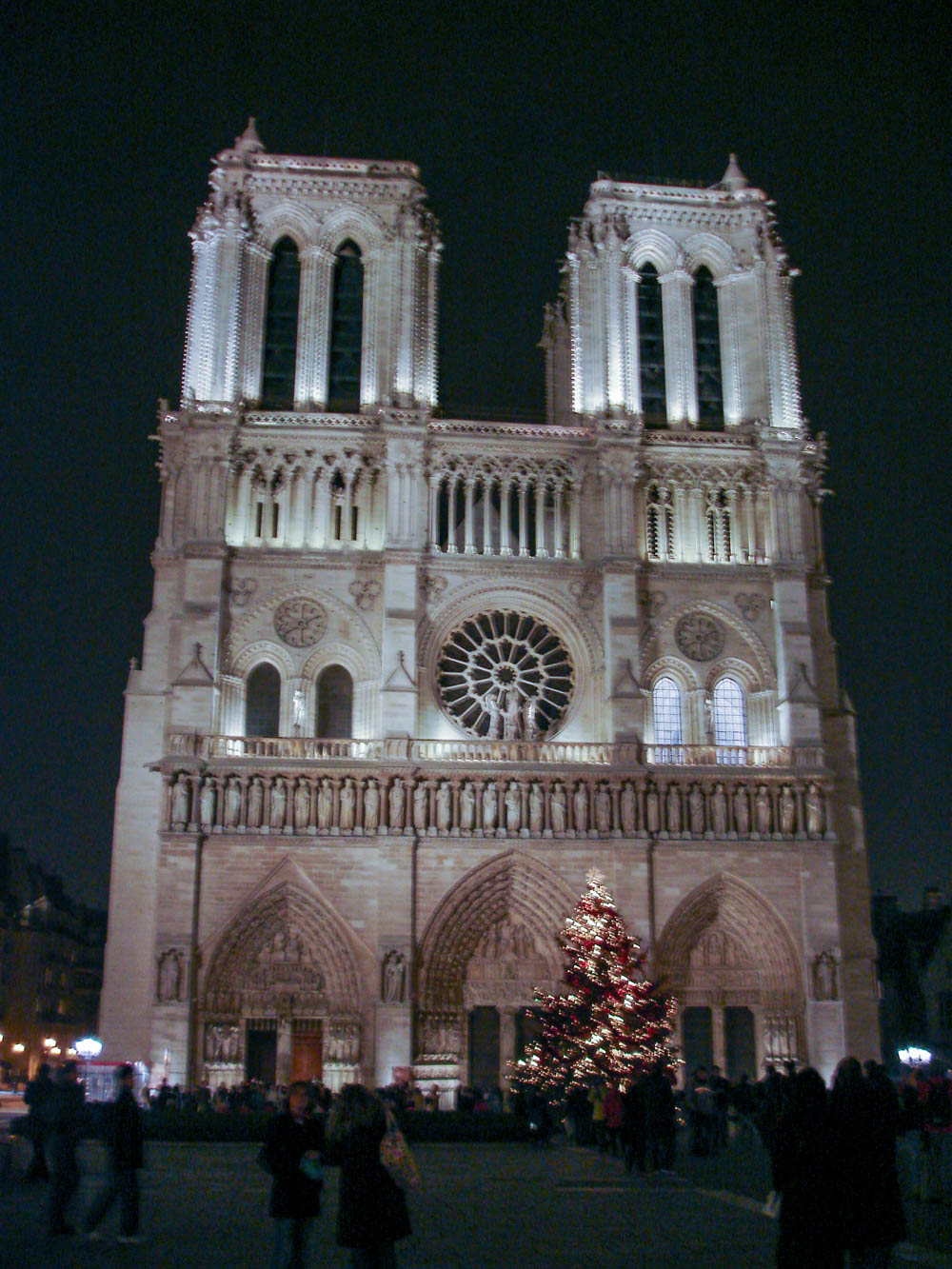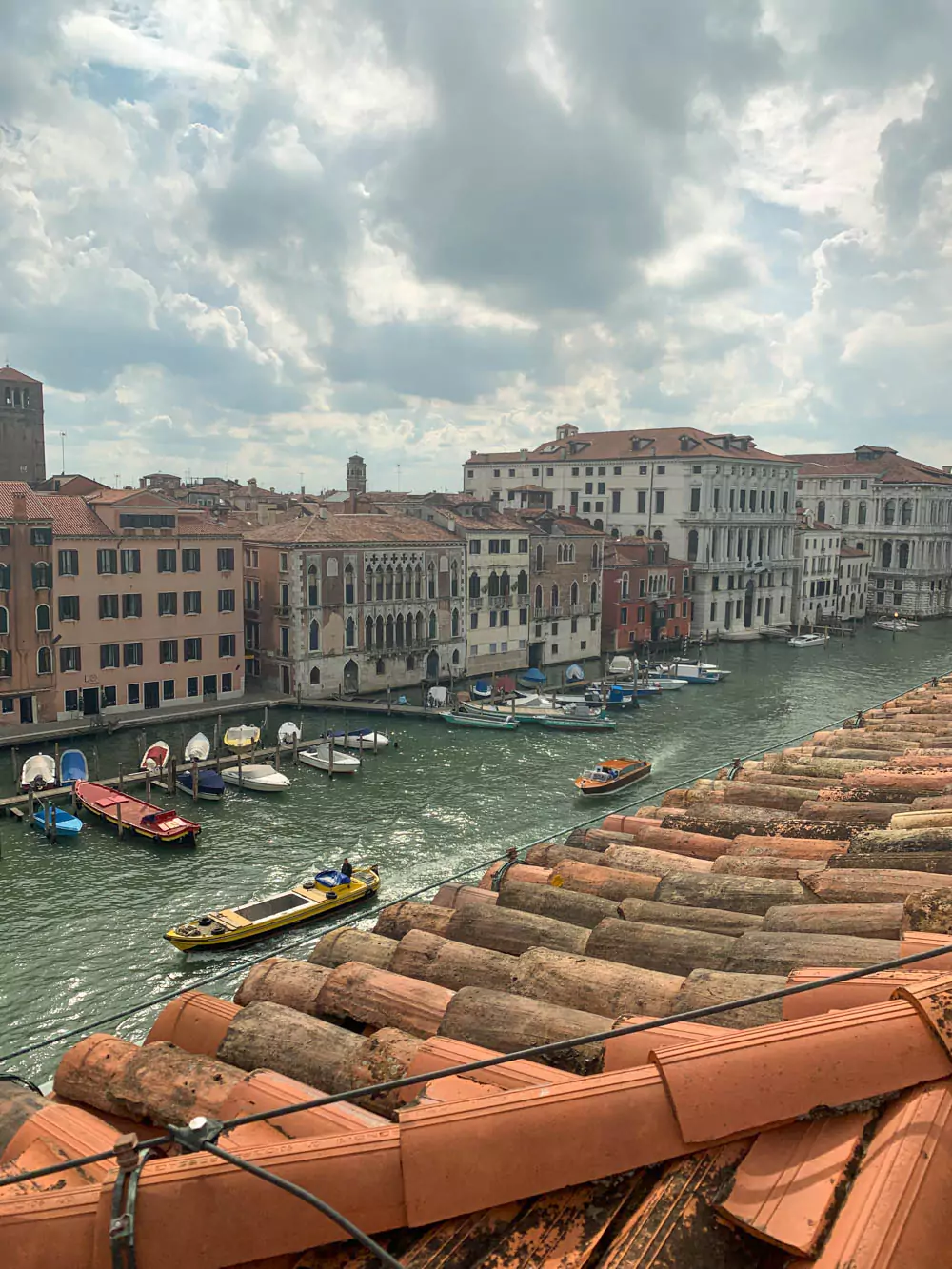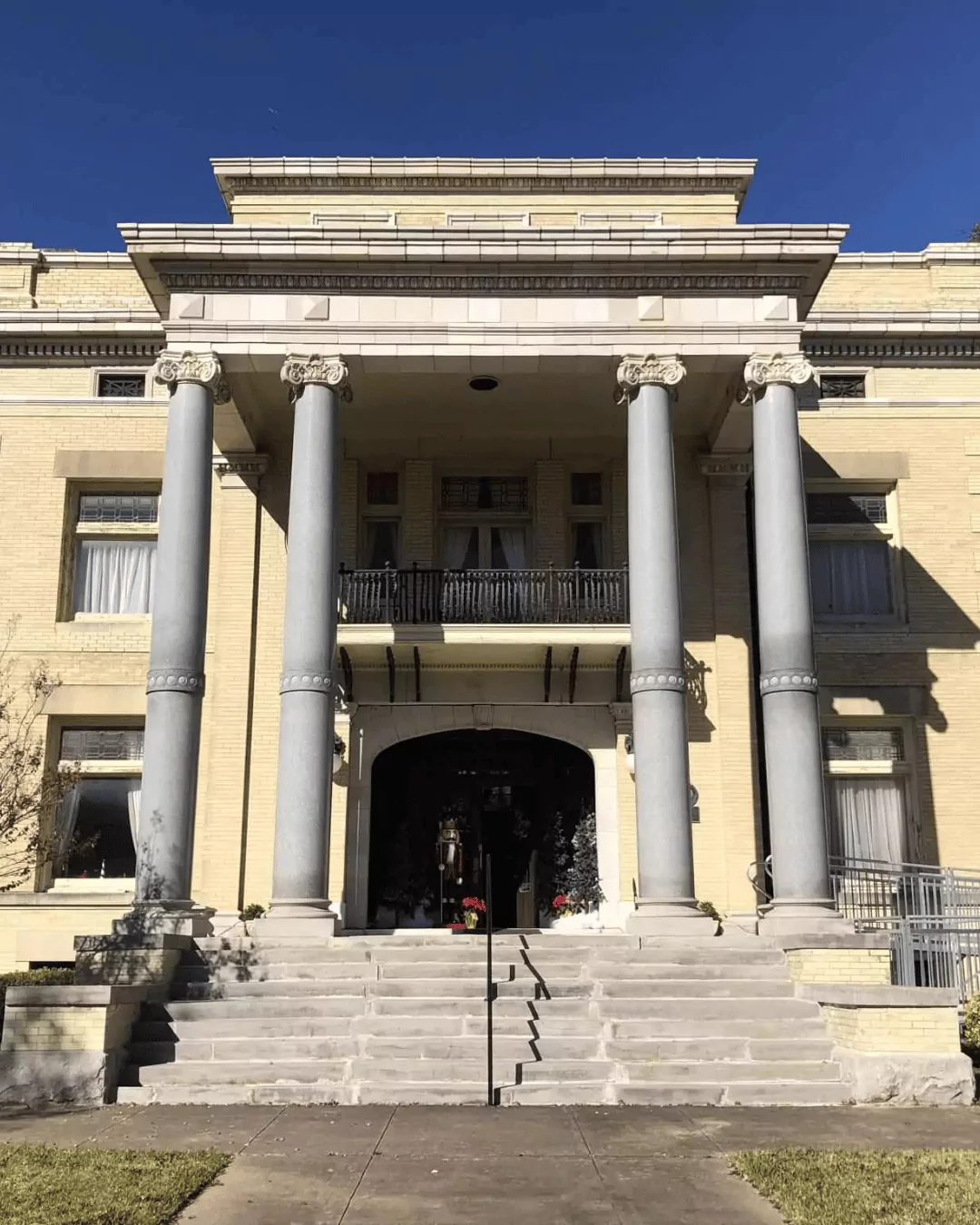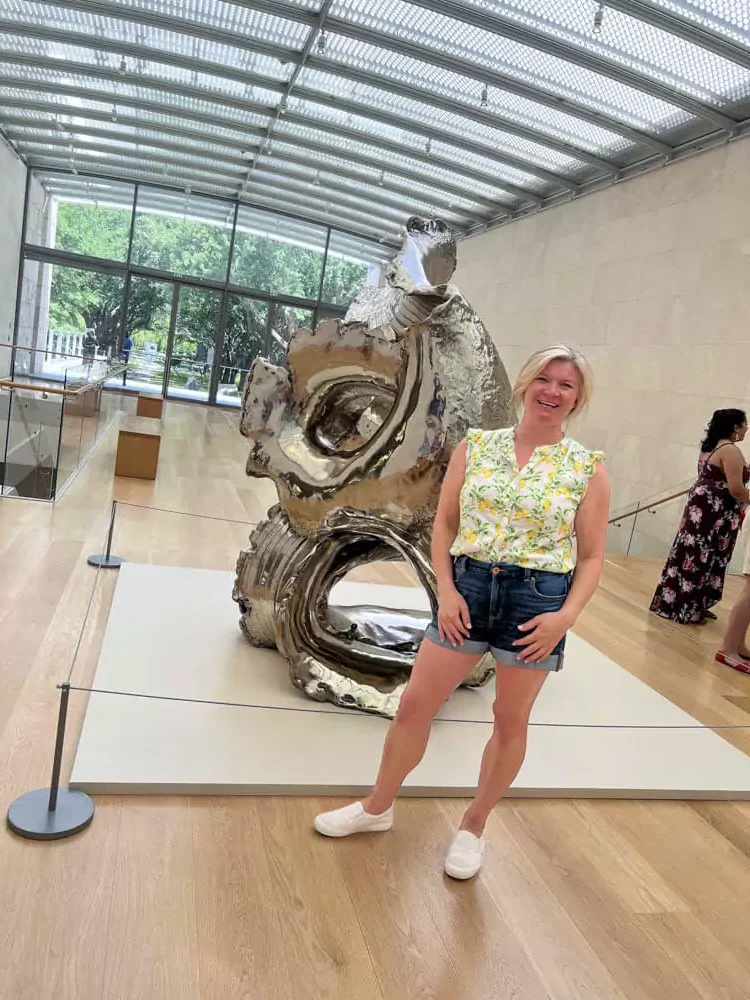Ah, the joys of travel! There’s nothing quite like jetting off to explore new lands, cultures, and of course, UNESCO World Heritage Sites.
These remarkable gems have earned their esteemed status due to their outstanding cultural, historical, or natural significance. Let’s dive into a list of some of the UNESCO World Heritage Sites I’ve traveled to around the globe.
UNESCO World Heritage Sites – Yellowstone National Park
Yellowstone National Park has been inscribed as a UNESCO World Heritage Site in 1978 in recognition of its outstanding natural and geological features, making it one of the most iconic and cherished protected areas in the world.
Yellowstone National Park is a vast and diverse landscape located primarily in the state of Wyoming, but also extending into Montana and Idaho. It is the first national park in the United States and remains one of the oldest and most well-preserved national parks globally.
The park is renowned for its stunning geothermal features, including the world-famous Old Faithful geyser, which erupts with predictable regularity. Other geysers, hot springs, mud pots, and fumaroles are scattered throughout the park, creating a surreal and otherworldly landscape.
Statue of Liberty
The Statue of Liberty was inscribed as a UNESCO World Heritage Site in 1984 as part of the “Statue of Liberty National Monument and Ellis Island.” This prestigious recognition highlights the statue’s cultural significance and its role as a symbol of freedom and democracy.
The UNESCO inscription also acknowledges the historical importance of Ellis Island, which served as the gateway for millions of immigrants entering the United States during the late 19th and early 20th centuries. Together, the Statue of Liberty and Ellis Island bear witness to the nation’s rich history of immigration, embodying the ideals of hope, opportunity, and inclusivity that continue to resonate globally.
As a UNESCO World Heritage Site, the Statue of Liberty remains a powerful reminder of the shared human values that transcend borders and unite us in a common vision of a better world.
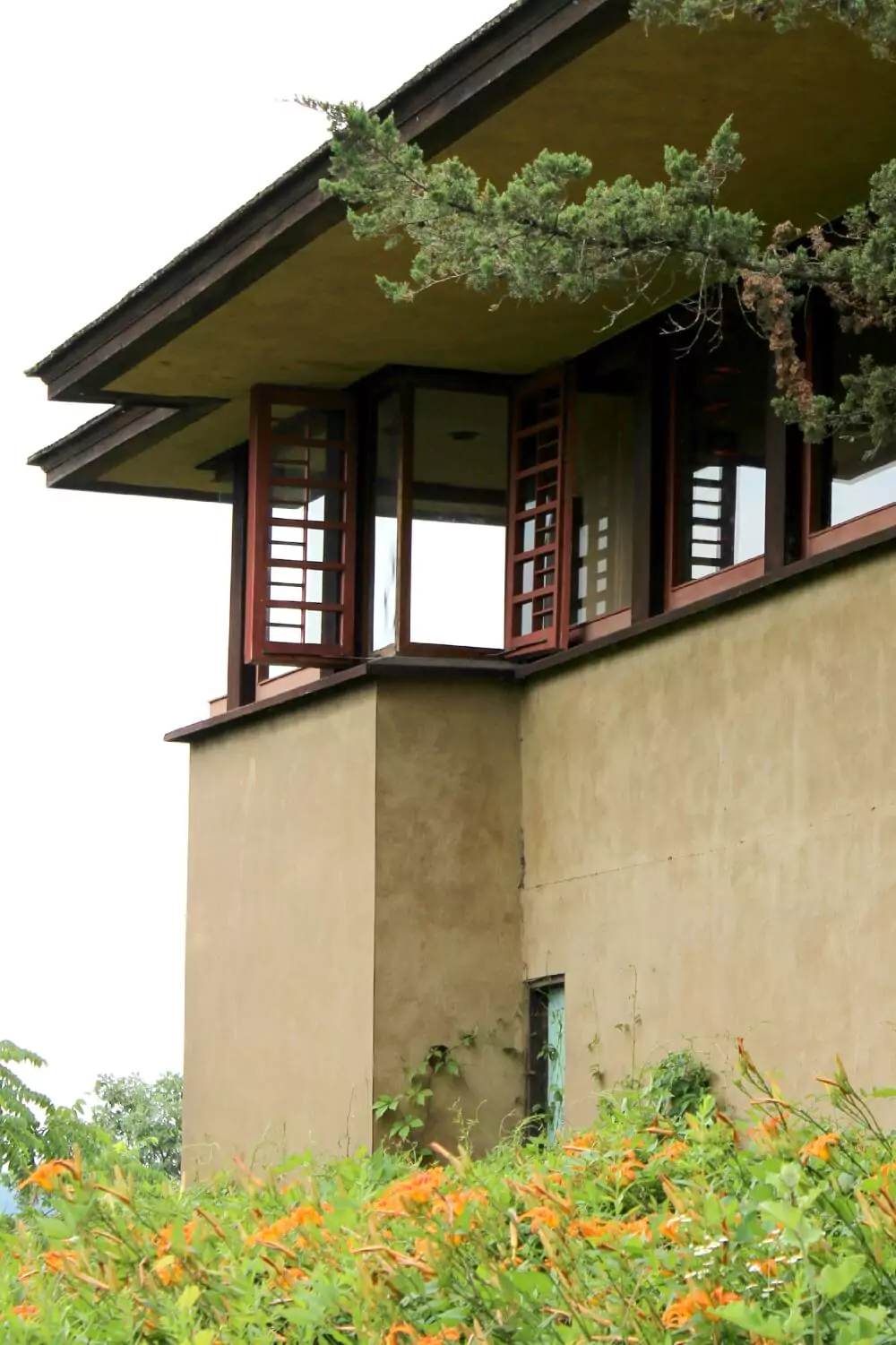
20th-Century Architecture of Frank Lloyd Wright
The 20th-Century Architecture of Frank Lloyd Wright is a UNESCO World Heritage Site, designated in 2019. This prestigious recognition honors the visionary work of the American architect Frank Lloyd Wright, whose innovative and organic designs revolutionized the field of architecture.
The inscription includes a selection of Wright’s most iconic buildings, spanning different periods of his prolific career. From the majestic Fallingwater, harmoniously integrated into its natural surroundings, to the geometric beauty of the Solomon R. Guggenheim Museum, Wright’s creations showcase his unparalleled ability to blend art, nature, and function seamlessly.
As a UNESCO World Heritage Site, the 20th-Century Architecture of Frank Lloyd Wright preserves the legacy of an architectural genius whose groundbreaking designs continue to inspire and captivate generations worldwide.
Salzkammergut Cultural Landscape
In the heart of Austria lies a breathtaking region that seems to have sprung from the pages of a fairytale – the Salzkammergut Cultural Landscape. This UNESCO World Heritage Site is a symphony of stunning lakes, majestic mountains, and picturesque villages that have enchanted travelers for centuries. But Salzkammergut is more than just a pretty postcard; it’s a living testament to the seamless integration of human culture and the natural world.
You can soak up stunning views of this area during a day trip to Hallstatt. One of the must-visit spots is the Hallstatt Skywalk, offering awe-inspiring panoramic views of the surrounding landscape. Standing tall at a staggering 458 meters (approximately 1,500 feet) above the enchanting village below, the observation deck promises a fairytale-like experience. Whether you choose to reach it on foot or by taking the funicular, the journey itself is a part of the adventure.
For those eager to delve into the region’s fascinating salt mining heritage, guided tours of the nearby Salzwelten are available. Whether you opt for a separate ticket or a bundled package with the funicular ride, the experience is bound to transport you back in time.
Historic Centre of Rome
The Historic Centre of Rome is a UNESCO World Heritage Site, inscribed in 1980. This remarkable designation encompasses the heart of the ancient city of Rome, a living testament to the city’s extraordinary history and cultural significance. The historic center is a treasure trove of architectural marvels, encompassing iconic landmarks from different periods, including the Roman Empire, the Renaissance, and the Baroque era.
At the core of the site lies the Roman Forum, a sprawling complex of ruins that once served as the center of political, social, and commercial life in ancient Rome. Nearby, the Colosseum, an awe-inspiring amphitheater, stands as an enduring symbol of Roman engineering and entertainment.
The Historic Centre of Rome also includes the Palatine Hill, the legendary founding place of the city and the site of ancient palaces and gardens. Other must-visit landmarks include the Pantheon, an ancient Roman temple converted into a church, and the awe-inspiring Trevi Fountain, a masterpiece of Baroque architecture.
The Piazza Navona, with its beautiful fountains and elegant buildings, and the Spanish Steps, an iconic staircase leading to the Trinità dei Monti church, add to the charm and allure of the historic center. Additionally, the Basilica of Santa Maria Maggiore, with its exquisite mosaics, and the Basilica of San Giovanni in Laterano, the oldest and highest-ranking of the four major basilicas in Rome, contribute to the religious and historical significance of the area.
Vatican City
Vatican City is a UNESCO World Heritage Site, inscribed in 1984. As the world’s smallest independent city-state, it is an exceptional cultural and historical site that holds immense religious significance for millions of people worldwide. Vatican City serves as the spiritual and administrative center of the Roman Catholic Church and is the residence of the Pope, the leader of the Catholic Church.
The centerpiece of Vatican City is St. Peter’s Basilica, an architectural masterpiece and one of the most important Christian pilgrimage sites. The basilica’s grandeur, designed by renowned architects including Michelangelo and Bernini, is a shining example of Renaissance and Baroque art and architecture.
Another prominent site within Vatican City is St. Peter’s Square, designed by Gian Lorenzo Bernini. This iconic piazza, flanked by two semi-circular colonnades, welcomes visitors and pilgrims from around the world to the basilica.
The Vatican Museums house one of the most extensive and valuable art collections in the world, with works ranging from classical antiquity to Renaissance and Baroque masterpieces. The Sistine Chapel, within the Vatican Museums, is renowned for its stunning frescoes, most notably Michelangelo’s breathtaking ceiling painting depicting scenes from the Book of Genesis.
The Historic Centre of Naples
The Historic Centre of Naples, Italy, is a UNESCO World Heritage Site, inscribed in 1995. This exceptional site represents one of the most ancient and historically significant cities in Europe, boasting a rich tapestry of cultural and architectural heritage.
The Historic Centre of Naples is a living testament to the city’s eventful past, dating back to its foundation by the ancient Greeks as Neapolis. Over the centuries, Naples has been shaped by various civilizations, including the Romans, Byzantines, Normans, and Spanish, resulting in a unique blend of historical layers and architectural styles.
Pompeii
Pompeii is a UNESCO World Heritage Site, inscribed in 1997 in recognition of its immense historical and cultural significance. This ancient Roman city, located near Naples, Italy, was tragically buried under the volcanic ash and debris of Mount Vesuvius’ eruption in 79 AD.
The volcanic preservation remarkably captured the daily life and architecture of a prosperous Roman city, providing unparalleled insights into the civilization of the time. As visitors walk through its remarkably preserved streets, houses, and public buildings, they gain a unique window into the lives of ancient Romans.
The UNESCO designation ensures the protection and conservation of Pompeii, preserving this invaluable archaeological treasure for future generations to explore and appreciate.
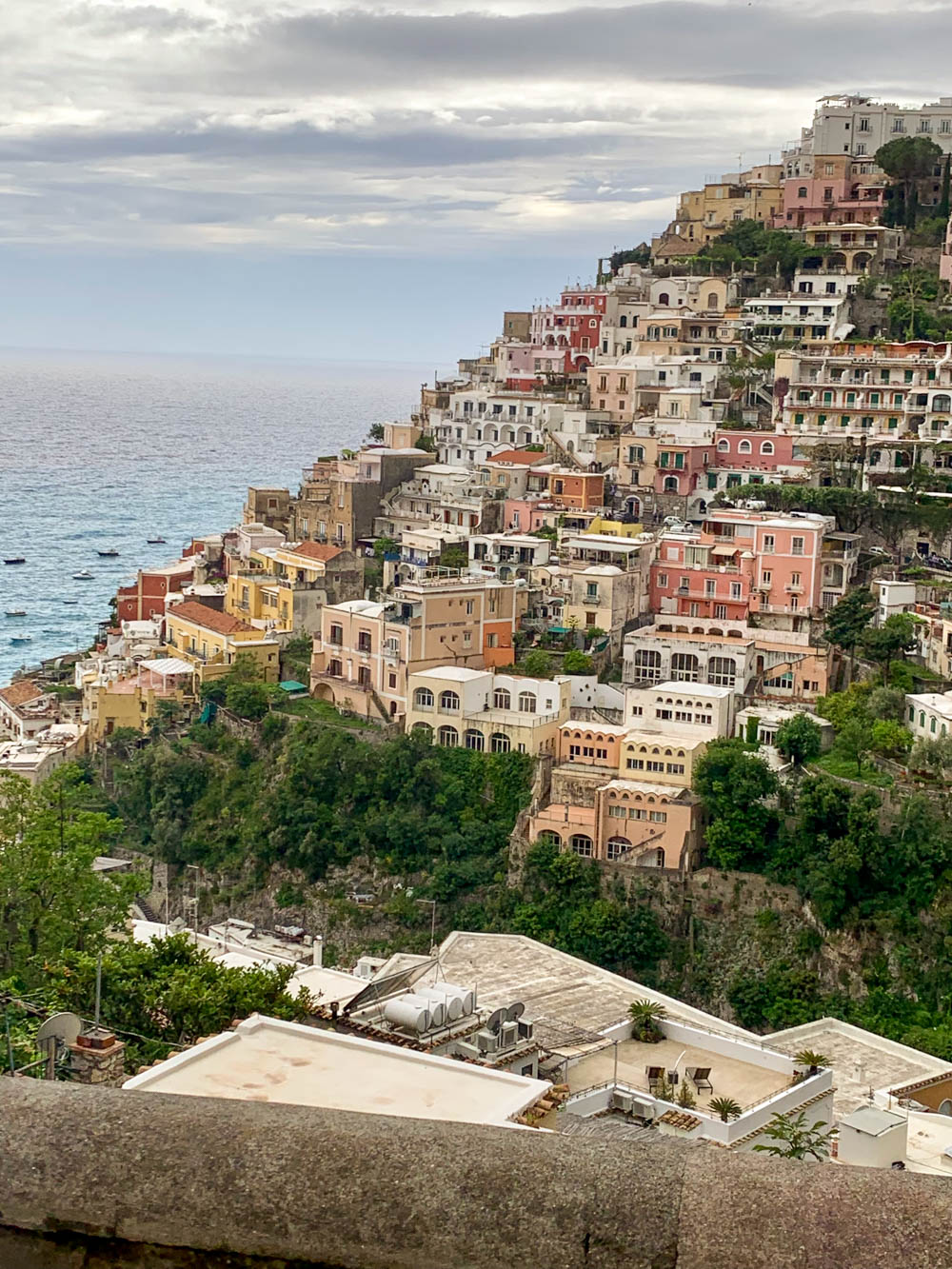
The Amalfi Coast
The Amalfi Coast is a picturesque treasure that captures the hearts of travelers from around the world. Renowned for its breathtaking panoramas, historic towns, and rich cultural heritage, this Mediterranean marvel has been recognized as a UNESCO World Heritage Site.
Venice and it’s Lagoon
Venice, the floating city of canals and romance, offers an unforgettable experience, especially when you’re armed with a map and no sense of direction. Attempting to navigate the labyrinthine streets is akin to participating in a real-life maze challenge. It’s like playing hide-and-seek with the historic landmarks. But fear not, the locals are always there to graciously point you in the right direction.
Venice and its Lagoon is a UNESCO World Heritage Site, inscribed in 1987. This unique cultural landscape is located in northeastern Italy and encompasses the city of Venice, a masterpiece of human creativity and engineering, along with the surrounding lagoon ecosystem. Venice is renowned for its exceptional architecture, art, and urban design, exemplified by its intricate network of canals, bridges, and historic buildings.
The city’s origins can be traced back to the 5th century when it was founded on a series of small islands in the marshy Venetian Lagoon. Over the centuries, Venice grew into a powerful maritime republic and a center of trade, culture, and art during the Renaissance.
Venice’s architectural wonders include stunning palaces, churches, and squares, such as St. Mark’s Basilica, the Doge’s Palace, and the Rialto Bridge. The city’s unique design, featuring canals instead of roads, adds to its charm and allure, offering visitors a truly unforgettable experience.
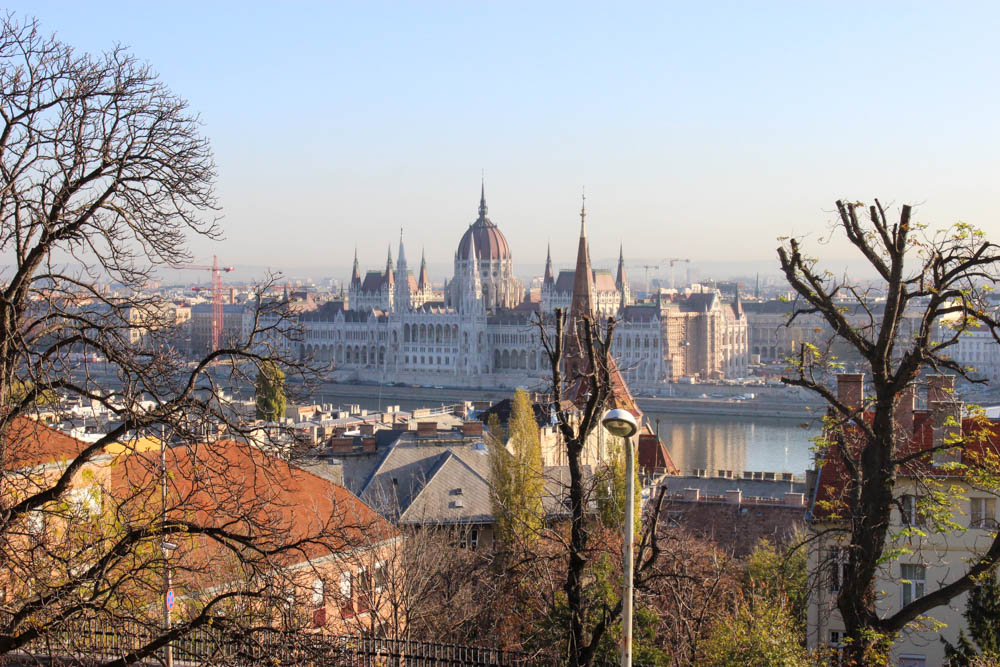
Budapest, Hungary
The banks of the Danube River are home to a stunning ensemble of iconic landmarks, each contributing to Budapest’s UNESCO status. The majestic Chain Bridge, the elegant Parliament Building, and the remarkable Gellért Baths are just a few examples of the city’s architectural brilliance that graces the riverbanks.
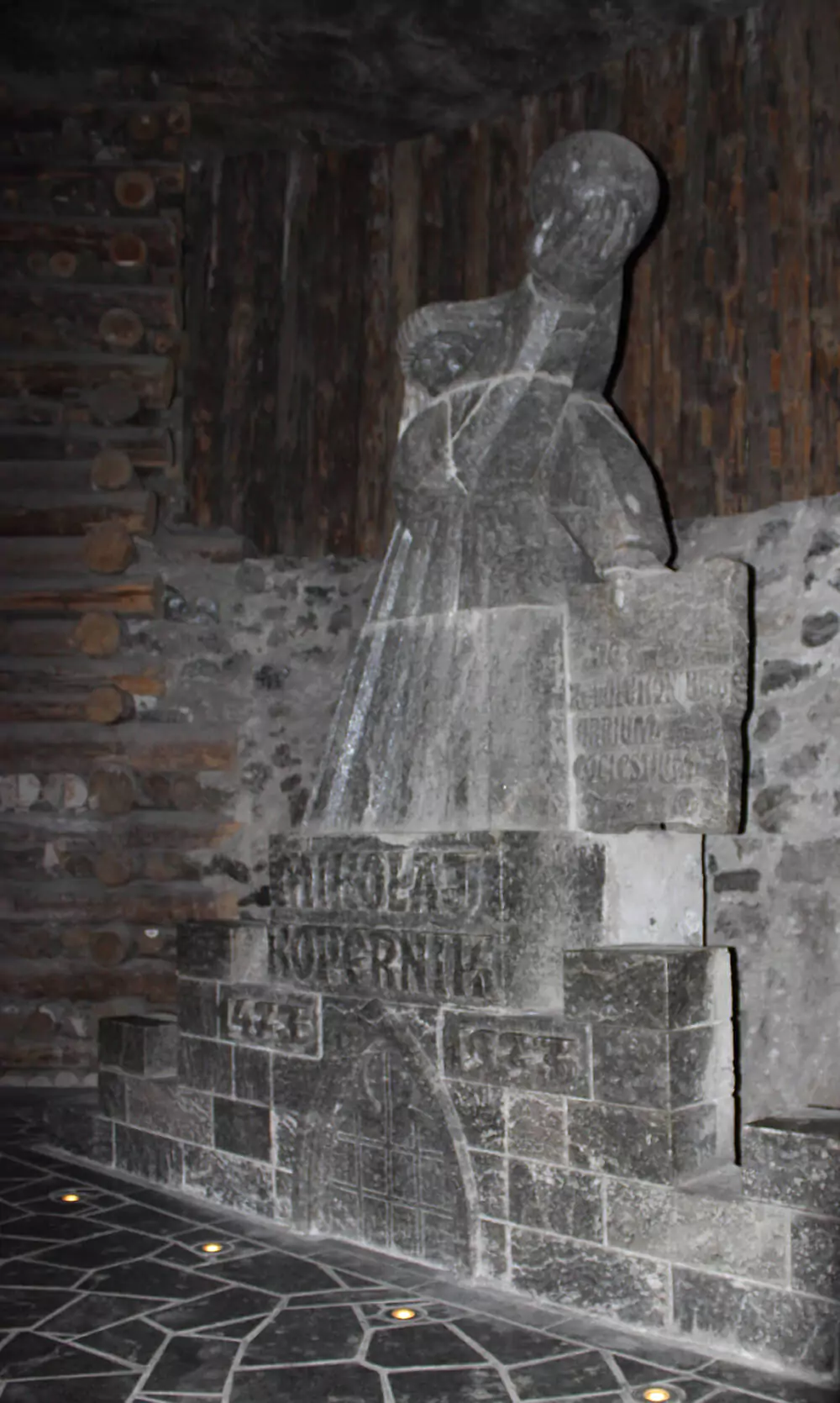
Wieliczka Salt Mine
The Wieliczka Salt Mine, located near Krakow, Poland, is a UNESCO World Heritage Site, inscribed in 1978 to safeguard its exceptional cultural and historical significance. This mine has been an active salt-producing site since the 13th century and continued to operate until 2007.
Descending deep underground, visitors are treated to a fascinating journey through an extensive network of tunnels, chambers, and salt sculptures, crafted by generations of miners over centuries. The mine’s awe-inspiring chapels, adorned with salt-carved sculptures and chandeliers, showcase the ingenuity and artistic talent of the miners.
As a UNESCO site, the Wieliczka Salt Mine is preserved as a testament to the important role of salt in economic and cultural development while providing an unforgettable experience for visitors seeking to uncover the rich history of this unique subterranean world.
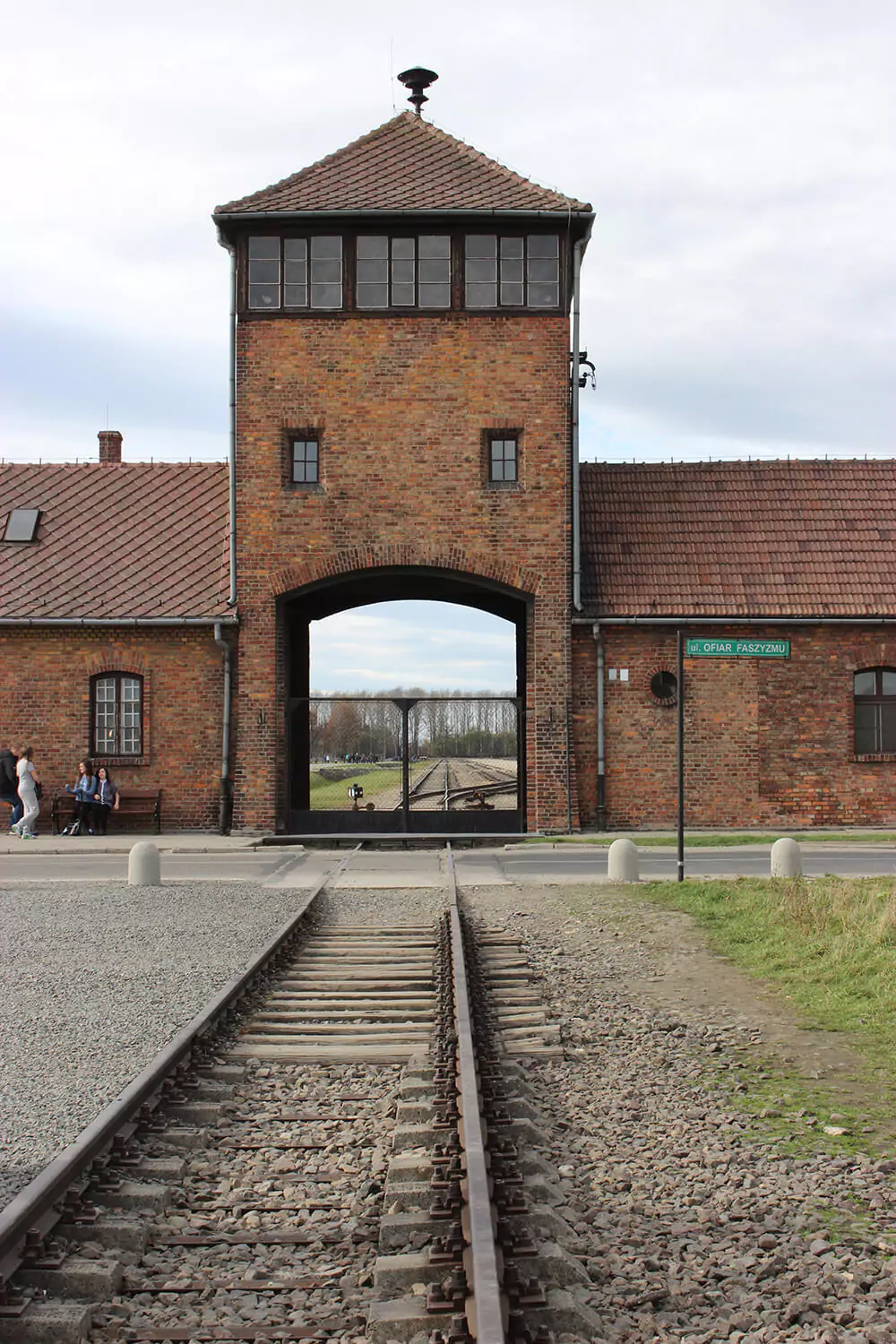
Auschwitz Birkenau, German Nazi Concentration and Extermination Camp (1940–1945)
Auschwitz Birkenau, the German Nazi Concentration and Extermination Camp that operated from 1940 to 1945, is a UNESCO World Heritage Site, inscribed in 1979. This site stands as a solemn reminder of one of the darkest chapters in human history – the Holocaust.
Located near the Polish town of Oświęcim, Auschwitz Birkenau witnessed the unimaginable suffering and atrocities endured by millions of innocent people, primarily Jews, during World War II. The site comprises two main areas: Auschwitz I, the original concentration camp, and Auschwitz II-Birkenau, designed as an extermination camp. As a UNESCO site, Auschwitz Birkenau serves as a symbol of remembrance and a call for humanity to never forget the horrors of the past, to ensure they are never repeated in the future.
It stands as a stark memorial to the millions of lives lost, a place of reflection and education, and a testament to the importance of preserving historical sites that bear witness to the most profound and tragic aspects of our collective history.
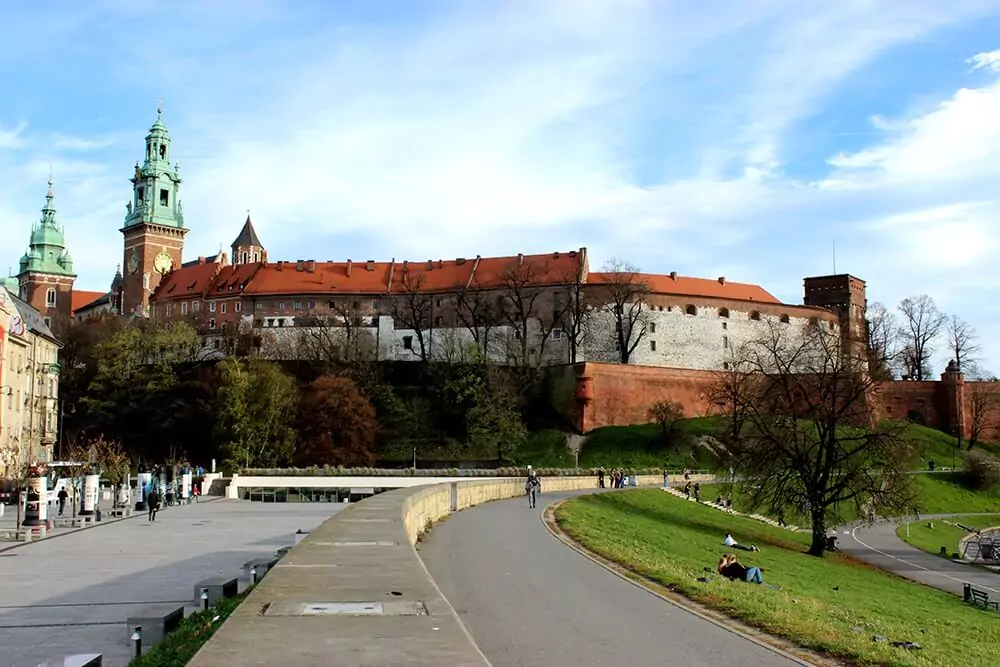
Historic Centre of Kraków, Poland
The Historic Centre of Kraków, Poland, is a UNESCO World Heritage Site, inscribed in 1978, and is a true treasure trove of history and culture. This enchanting city boasts a rich architectural heritage that reflects various styles, from Gothic and Renaissance to Baroque and Art Nouveau. The centerpiece is the majestic Rynek Główny, Europe’s largest medieval square, surrounded by stunning landmarks like St. Mary’s Basilica and the Cloth Hall.
The Wawel Castle, a symbol of Polish royalty, stands proudly atop Wawel Hill, while the picturesque Kazimierz district adds Jewish heritage and a bohemian vibe to the city’s charm. With its harmonious blend of historical landmarks, vibrant atmosphere, and artistic soul, the Historic Centre of Kraków is a living museum that continues to captivate visitors from all corners of the globe.
Historic City Centre of Vienna
The Historic City Centre of Vienna is a UNESCO World Heritage Site, inscribed in 2001. This magnificent city center is a testament to the rich cultural, architectural, and historical heritage of Austria’s capital. Vienna’s historic core has played a central role in shaping European history and culture for centuries.
At the heart of the site lies the splendid Hofburg Palace, once the residence of the Habsburg dynasty and now the official residence of the President of Austria. The palace complex includes various architectural styles and houses several museums and iconic landmarks such as the Spanish Riding School and the Imperial Apartments.
The Ringstrasse, a grand boulevard encircling the city center, showcases a remarkable collection of impressive buildings, including the Vienna State Opera, the Parliament, the Rathaus (City Hall), and numerous museums and palaces. This ring road, completed in the late 19th century, represents an architectural and urban planning feat.
St. Stephen’s Cathedral (Stephansdom), a stunning Gothic masterpiece, is another highlight of Vienna’s historic city center. Its towering spire dominates the skyline and has been an important symbol of the city for centuries.
Vienna’s coffeehouse culture, with its elegant cafes dating back to the 17th century, has also been recognized as an essential part of its intangible cultural heritage.
The Historic City Centre of Vienna is a living testimony to the city’s illustrious past, a place where history, art, and music converge. Its architectural splendor, along with its vibrant cultural scene, continues to captivate visitors from all over the world. As a UNESCO World Heritage Site, the preservation and conservation of this exceptional city center are ensured, allowing future generations to appreciate and celebrate its enduring beauty and significance.
Schönbrunn Palace
Schönbrunn Palace and Gardens, located in Vienna, Austria, is a UNESCO World Heritage Site, inscribed in 1996. This magnificent palace complex is an architectural masterpiece that reflects the grandeur and opulence of the Habsburg monarchy.
The centerpiece of Schönbrunn Palace is the stunning Baroque palace itself, which served as the summer residence of the Habsburg emperors. The palace boasts an impressive array of lavishly decorated rooms, each representing different historical periods and styles. One of the highlights is the Great Gallery, a majestic hall used for imperial banquets and celebrations.
Surrounding the palace is the sprawling Schönbrunn Gardens, an enchanting landscape of manicured lawns, beautifully landscaped flowerbeds, and grand fountains. The gardens offer visitors a tranquil escape from the bustling city and provide the perfect backdrop for leisurely strolls and picnics.
Beyond the gardens, visitors can explore the Gloriette, an impressive hilltop structure offering panoramic views of the palace and the city of Vienna. Additionally, the Tiergarten Schönbrunn, the world’s oldest zoo, adds to the allure of the palace complex.
Schönbrunn Palace and Gardens not only exemplify the architectural prowess of the Habsburg era but also serve as a testament to the art and cultural history of Austria. As a UNESCO World Heritage Site, this magnificent ensemble is preserved and cherished, allowing visitors to step back in time and experience the imperial splendor that once graced the Austrian monarchy.
Historic City Centre of Salzburg
The Historic City Centre of Salzburg is a UNESCO World Heritage Site, inscribed in 1996. Nestled in the picturesque landscape of Austria, Salzburg’s historic center is a true gem, boasting a rich architectural and cultural heritage that spans over centuries.
The focal point of the city is the iconic Hohensalzburg Fortress, a medieval stronghold perched atop Festungsberg hill, providing stunning views of the city below. The historic center is adorned with charming baroque buildings, elegant squares, and cobblestone streets that exude a captivating Old World charm.
One of the most significant landmarks is the Salzburg Cathedral (Salzburger Dom), a magnificent example of baroque architecture, adorned with intricate frescoes and statues. The nearby Residenzplatz, with its splendid fountain and grand buildings, offers a glimpse into Salzburg’s regal past.
Another must-visit site is the Mirabell Palace and Gardens, an enchanting ensemble of gardens, fountains, and statues that provide a stunning backdrop to the city’s historic center. It is also famous for being featured in the classic movie “The Sound of Music.”
Salzburg’s rich musical heritage is showcased in various locations throughout the historic center. The birthplace of the renowned composer Wolfgang Amadeus Mozart is a museum dedicated to his life and work, attracting music enthusiasts from around the world.
The Historic City Centre of Salzburg embodies a harmonious blend of art, architecture, and history, and its inscription as a UNESCO World Heritage Site serves as a testament to its exceptional cultural value. As visitors explore its timeless streets and squares, they are transported back in time, immersing themselves in the rich tapestry of Salzburg’s illustrious past. The site’s preservation ensures that this cultural treasure remains a source of inspiration and wonder for generations to come.
Budapest, Hungary: the Banks of the Danube, the Buda Castle Quarter, and Andrássy Avenue
This site encompasses the historic core of Budapest, one of Europe’s most beautiful and dynamic cities. The banks of the Danube River are adorned with iconic landmarks, including the Buda Castle Quarter, which houses the magnificent Buda Castle and the medieval Matthias Church.
The Castle Quarter offers panoramic views of the city and is steeped in history dating back to the 13th century. Andrássy Avenue, a grand boulevard with impressive mansions and historical buildings, connects the city center with Heroes’ Square, a symbolic location showcasing statues of national leaders and important historical figures.
Banks of the Seine River
The Banks of the Seine River in Paris, France, are a UNESCO World Heritage Site, inscribed in 1991. This designation recognizes the outstanding cultural and historical value of the Seine River’s embankments and the architectural landmarks that line its shores.
The Banks of the Seine River in Paris showcase the city’s rich history, urban planning, and architectural achievements. The iconic landmarks along the river, such as the Eiffel Tower, Notre-Dame Cathedral, the Louvre Museum, and the Musée d’Orsay, are not only masterpieces of architecture but also integral parts of Paris’s cultural and artistic heritage.
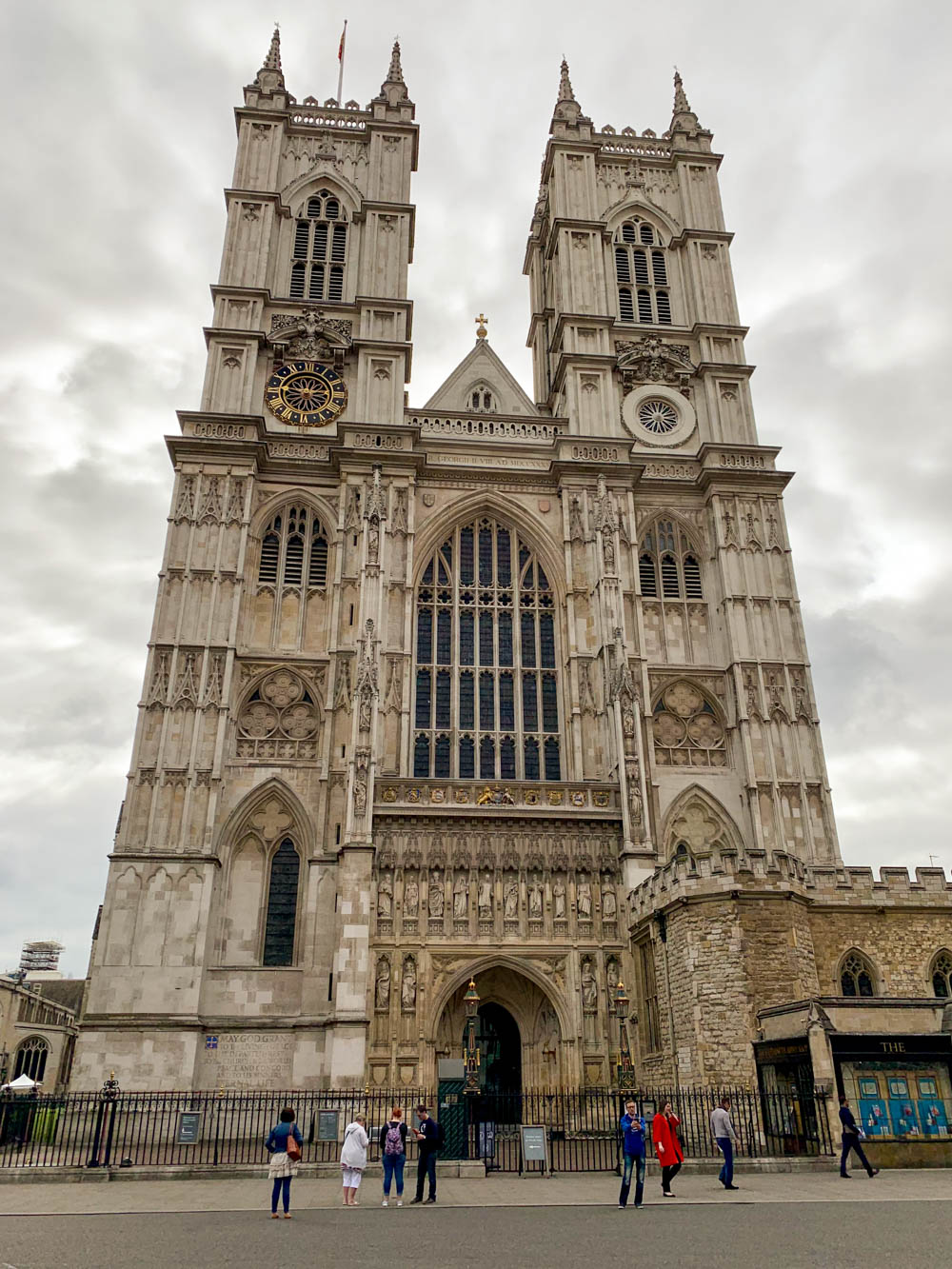
Palace of Westminster and Westminster Abbey
In the heart of London, two iconic landmarks stand tall, testaments to centuries of British history, politics, and religious significance. The Palace of Westminster and Westminster Abbey, including Saint Margaret’s Church, are designated as a UNESCO World Heritage Site for their exceptional cultural and historical value.

Bulguksa Temple
Bulguksa Temple is a historic Buddhist temple located in Gyeongju, South Korea. It is one of the most important and renowned temples in the country and is designated as a UNESCO World Heritage Site. The temple is known for its significant cultural and historical value and is considered a masterpiece of Korean Buddhist art and architecture.
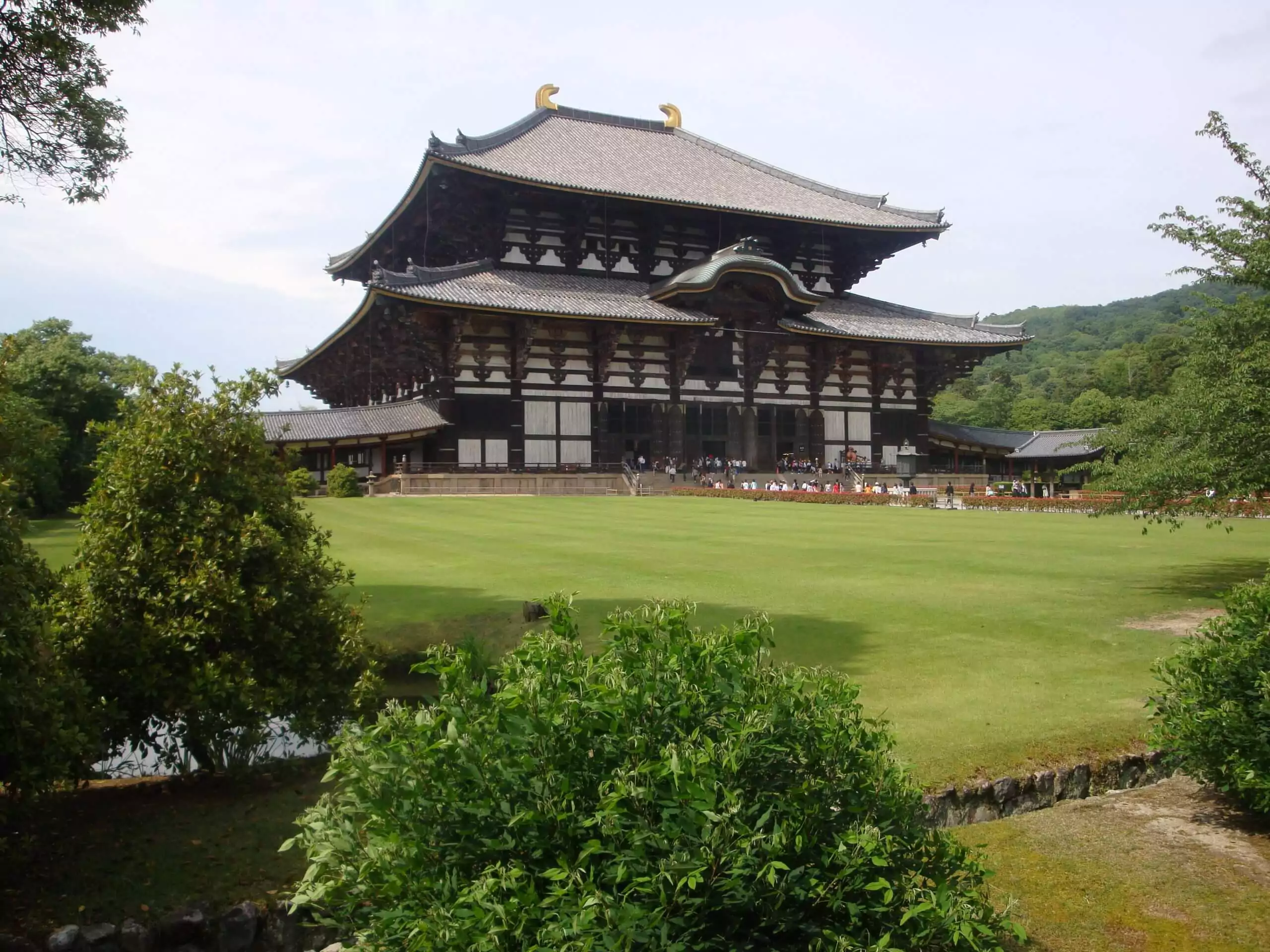
Todai-ji Temple
Todai-ji Temple is a prominent Buddhist temple located in Nara, Japan. It is one of the most historically significant and culturally important temples in Japan and is designated as a UNESCO World Heritage Site. The temple is renowned for its massive bronze Buddha statue and its association with Japanese Buddhism and ancient imperial history.
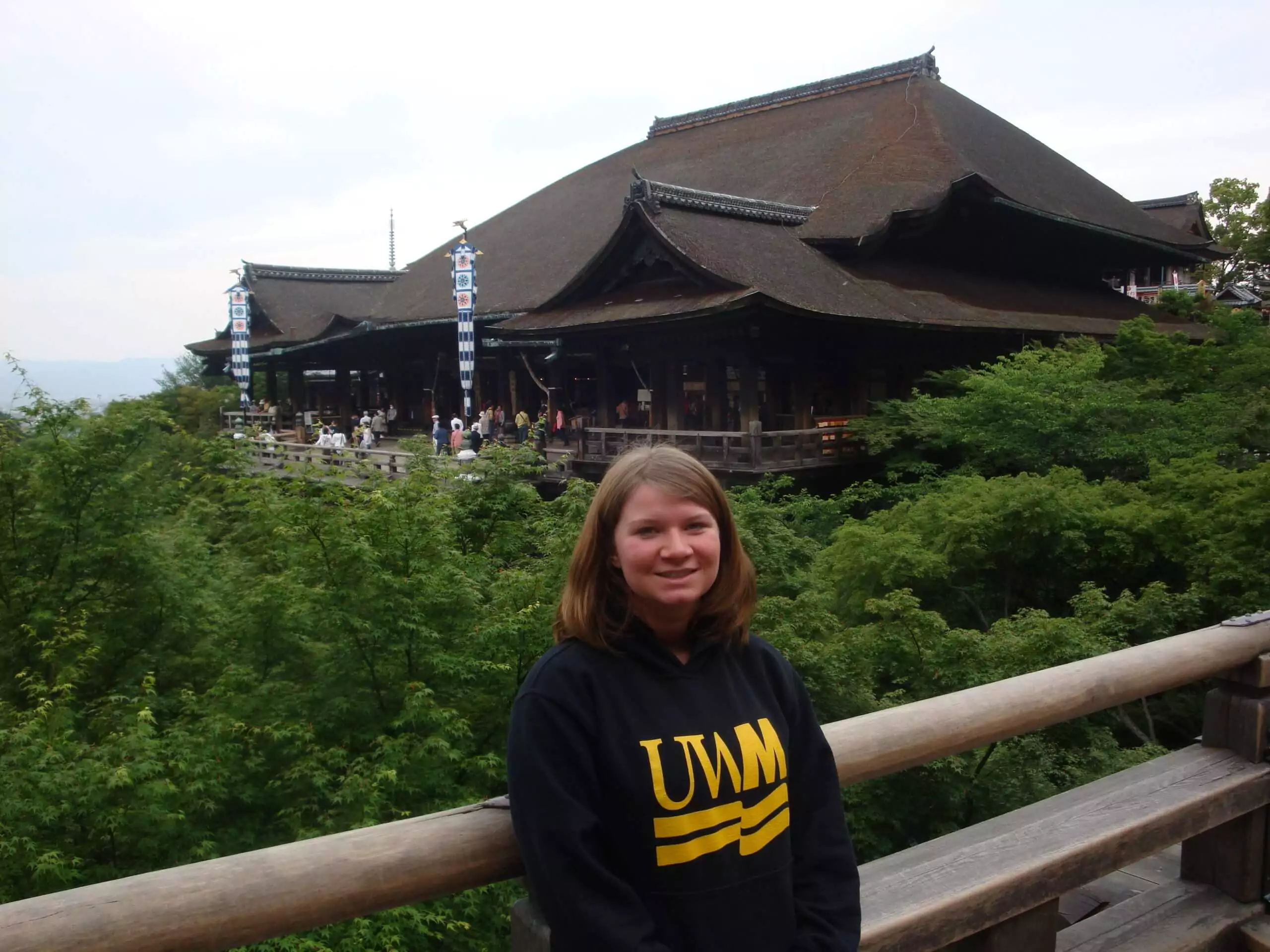
Historic Monuments of Ancient Kyoto
The Historic Monuments of Ancient Kyoto is a UNESCO World Heritage Site that was inscribed in 1994. It is a group of 17 cultural landmarks located in Kyoto, Japan, which collectively represent the city’s rich history, traditional architecture, and cultural heritage. These monuments span various historical periods and provide insights into Japan’s ancient capital.
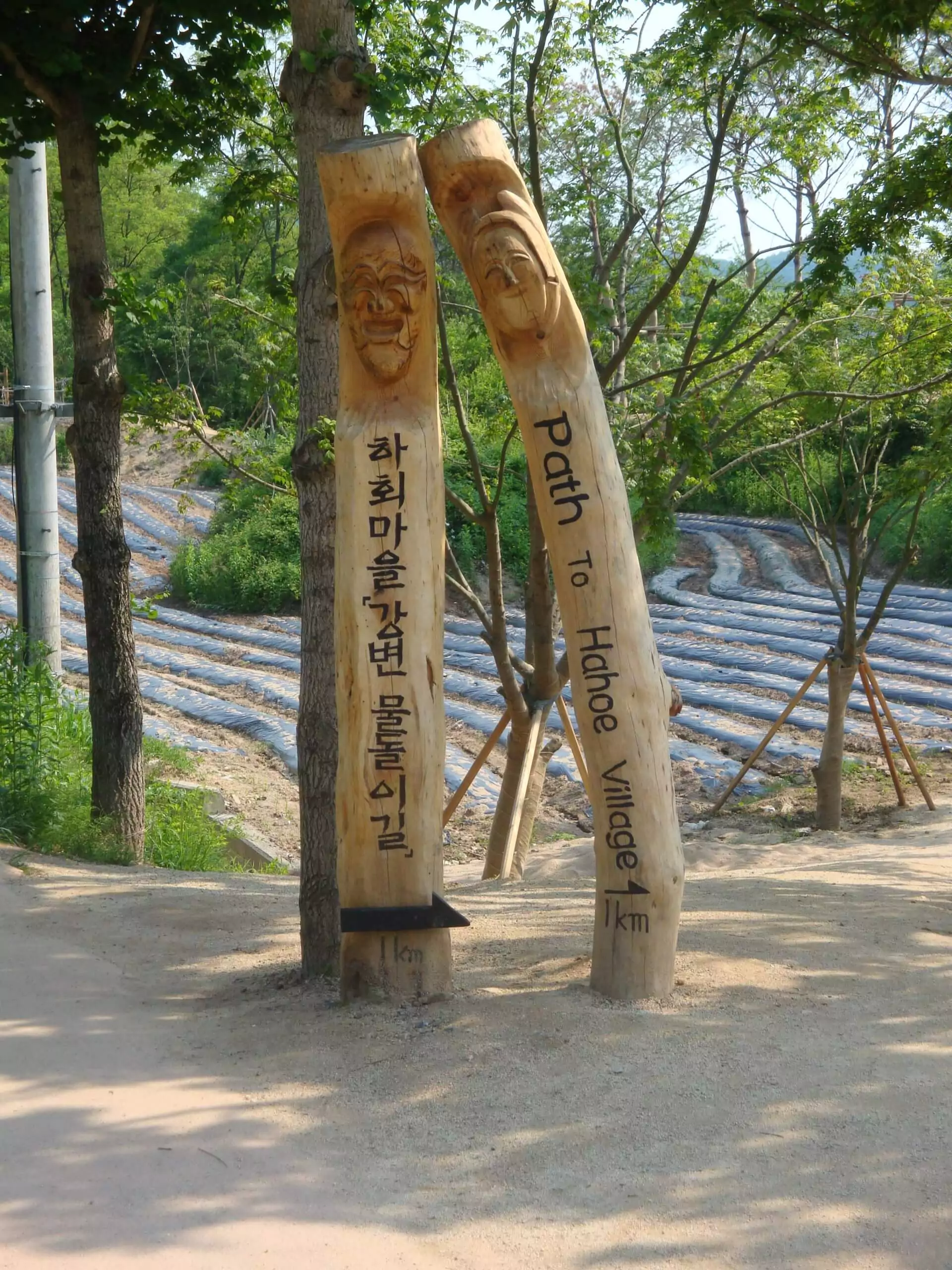
Hahoe Village
Hahoe Village is a traditional Korean village located in Andong City, Gyeongsangbuk-do province, South Korea. It is known for its well-preserved traditional houses and the unique cultural heritage of the Ryu family clan that has lived there for over 600 years. In 2010, Hahoe Village was designated as a UNESCO World Heritage Site in recognition of its cultural significance and historical value.
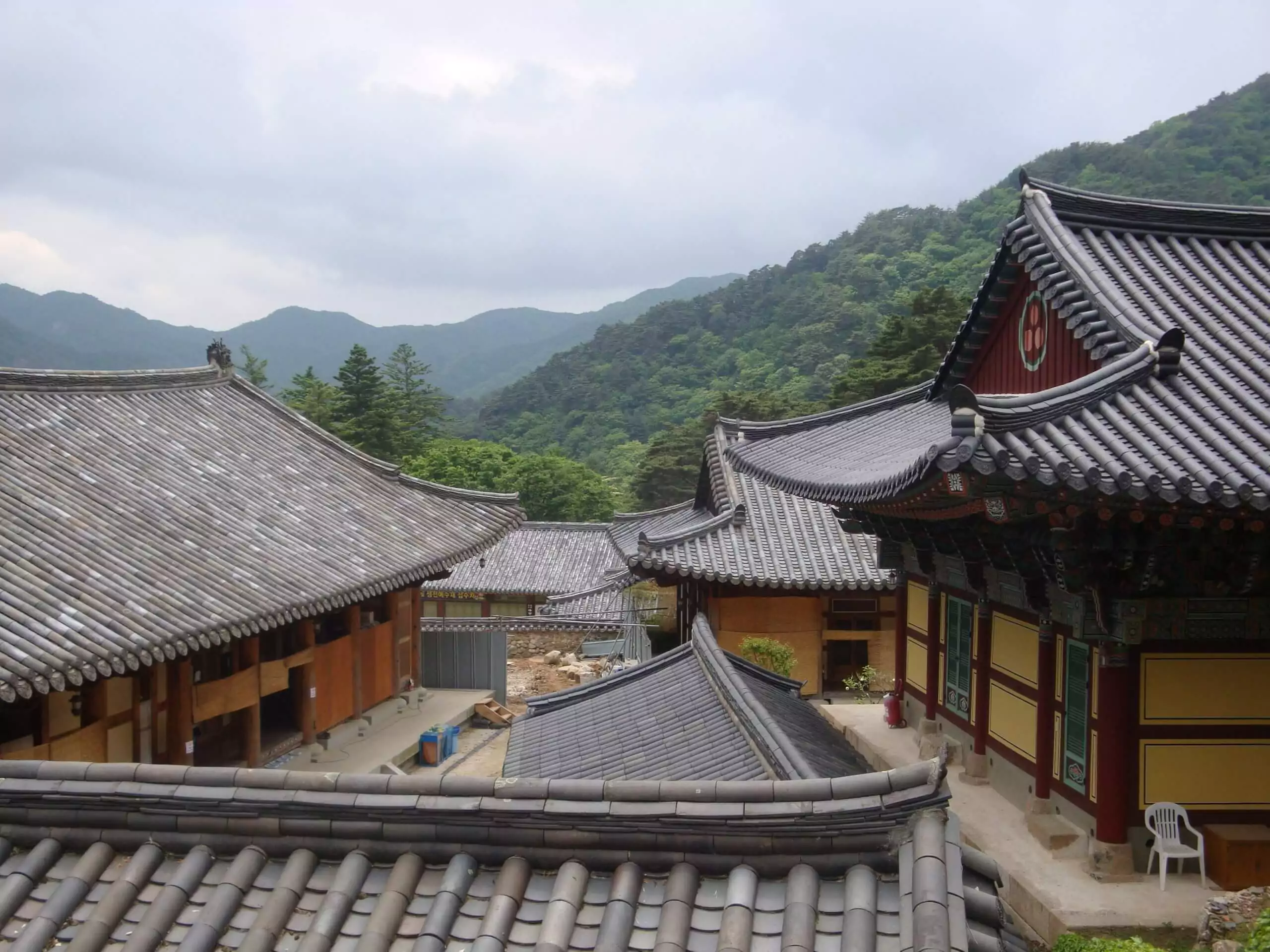
Haeinsa Temple
Haeinsa Temple is a prominent Buddhist temple located on Mount Gaya in South Gyeongsang Province, South Korea. It is renowned for housing the Tripitaka Koreana, a vast collection of Buddhist scriptures carved onto wooden printing blocks. In recognition of its cultural significance and the preservation of the Tripitaka Koreana, Haeinsa Temple was designated as a UNESCO World Heritage Site in 1995.
Wrap Up
These sites offer more than just historical and cultural significance. They remind us that the world is a funny, friendly, and sometimes bizarre place, waiting to be explored one giggling traveler at a time.
So, let’s pack our bags, hit the road, and make memories that will keep us smiling for years to come. Happy travels!
XOXO,
Katie
